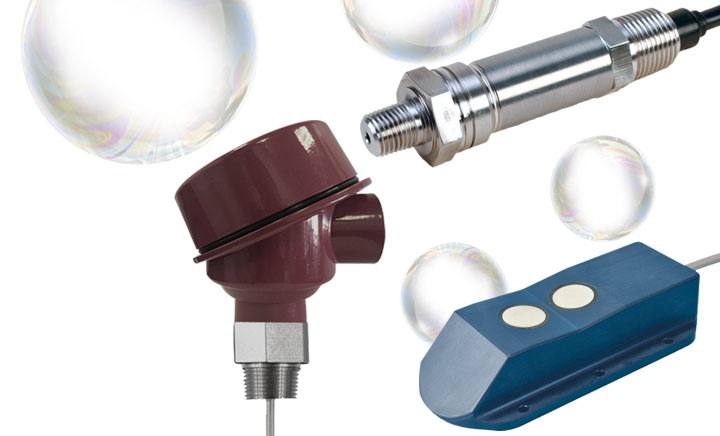
Fluid Dynamics Measuring and monitoring fluid levels accurately and precisely requires choosing the correct methodology for the target medium and vessel.
Tagged as:Technical Learning, Get Going
Read More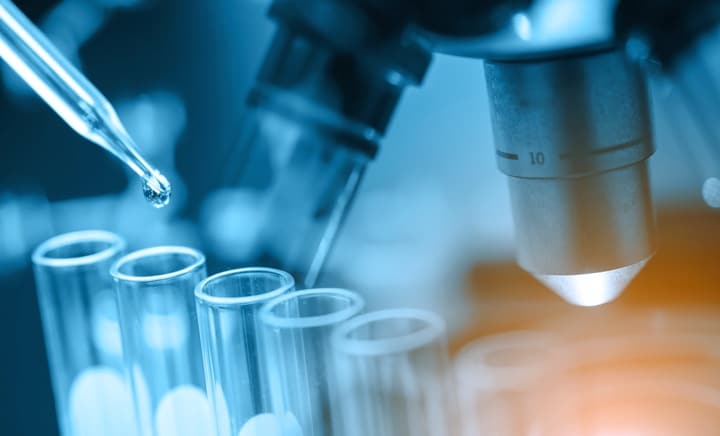
Rope and Tape Heaters Rope and tape heaters are flexible heaters designed to wrap around pipes, beakers, and other round surfaces. Rope and tape heaters are very similar in that they have similar power densities and construction.
Tagged as:Technical Learning, Get Curious
Read More
Ultrasonic Level Sensors in Action By installing level sensors, operators can be proactive and monitor liquid levels - ensuring environmental regulations associated with the design and operation are consistently met.
Tagged as:Technical Learning, Get Curious
Read More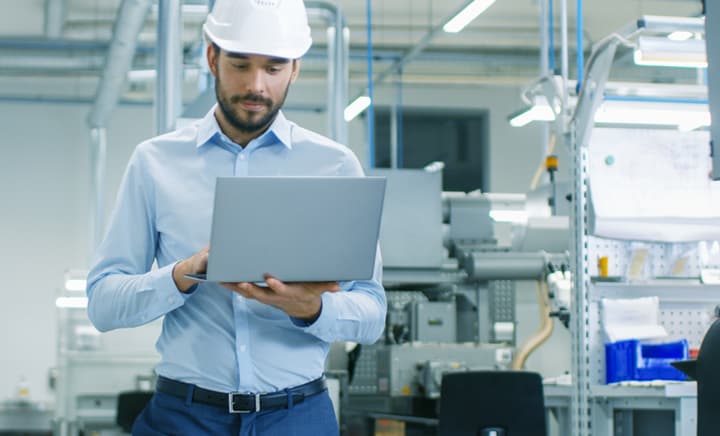
IIoT and Small Businesses: A Match Made in the Cloud Operational efficiency is key to the success of any small business, and IIoT essentially helps you achieve that by turning your offline processes to online through a connected environment.
Tagged as:Technical Learning, Get Curious
Read More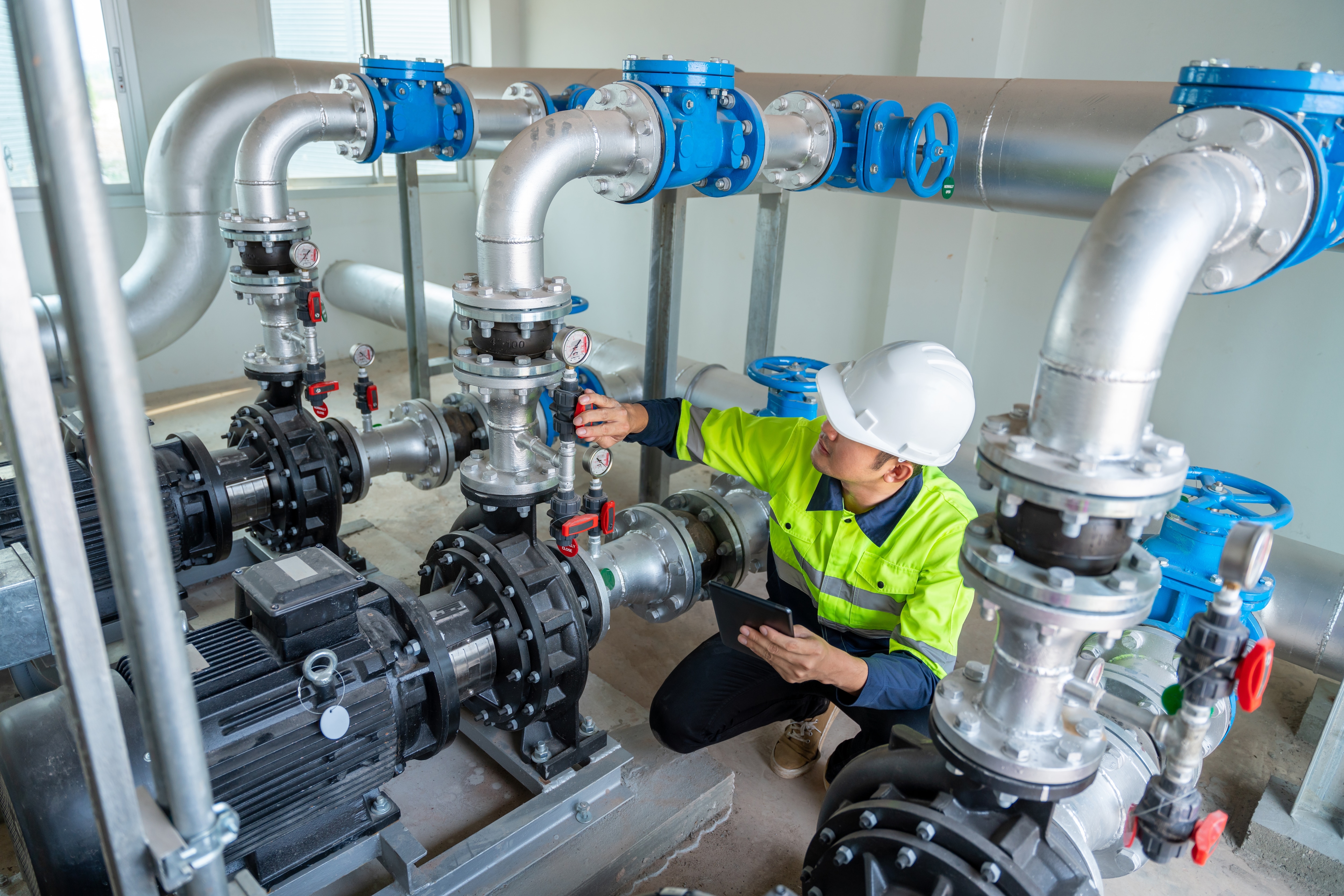
Installation Obstacles: Invasive In-Pipe Immersion Sensors When it comes to process piping systems, temperature of in-pipe media is often a necessary measurement – and one that needs to be monitored accurately. Traditionally, in-pipe immersion sensors are used. However, invasive in-pipe immersion sensors are often not ideal for use within process piping systems. Here are 3 considerations to take before installing immersion sensors in process piping systems.
Tagged as:Technical Learning, Get Curious
Read More
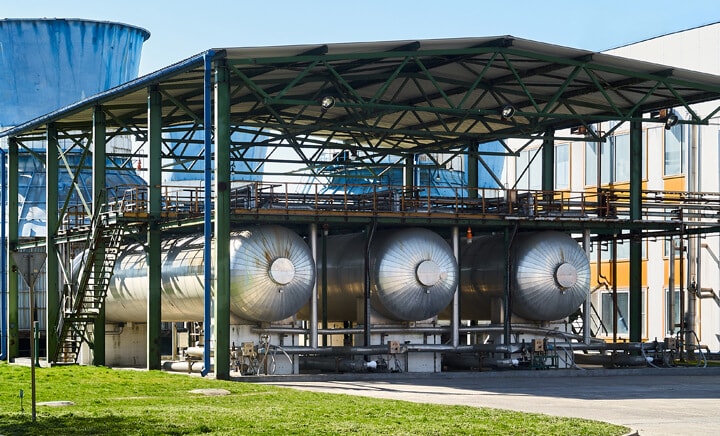
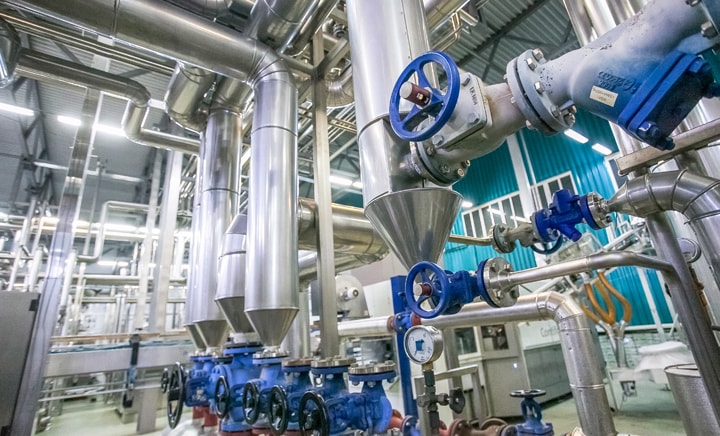
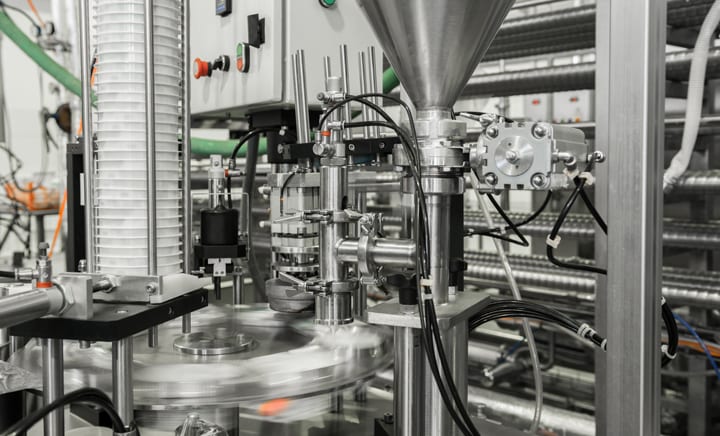
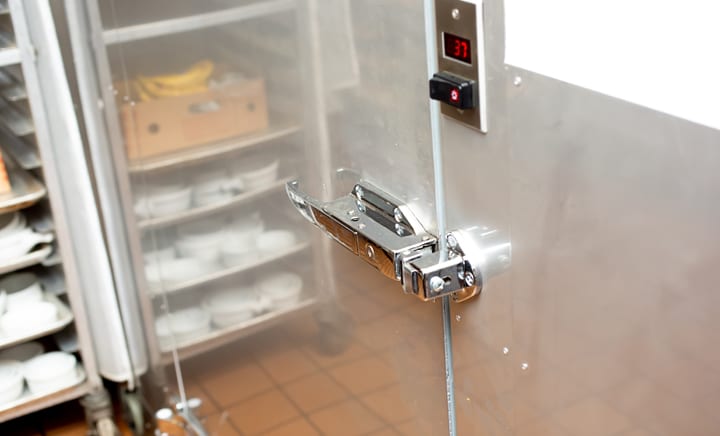
How to Monitor Walk-In Freezer Temperatures with IIoT Devices Maintaining optimal freezer temperatures is essential in protecting quality, ensuring food safety & reducing waste. Learn how companies are using Omega's products.
Tagged as:Technical Learning, Get Curious
Read More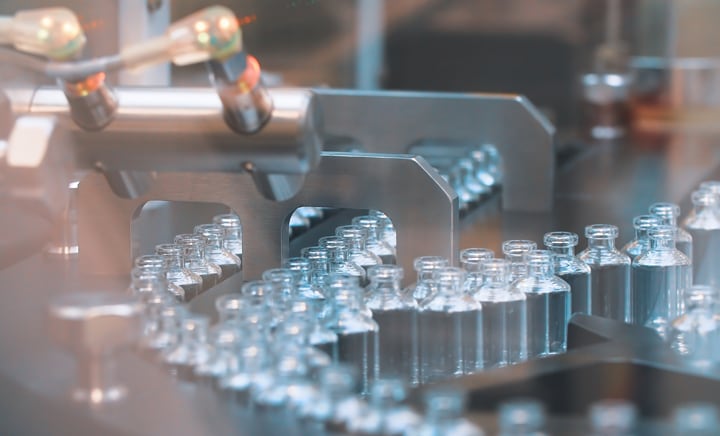
An Introduction to Industrial pH Measurement and Control In this article how pH describes the degree of acidity or alkalinity of a solution and how is measured is explained. Click here to learn how it´s done.
Tagged as:Technical Learning, Get Curious
Read More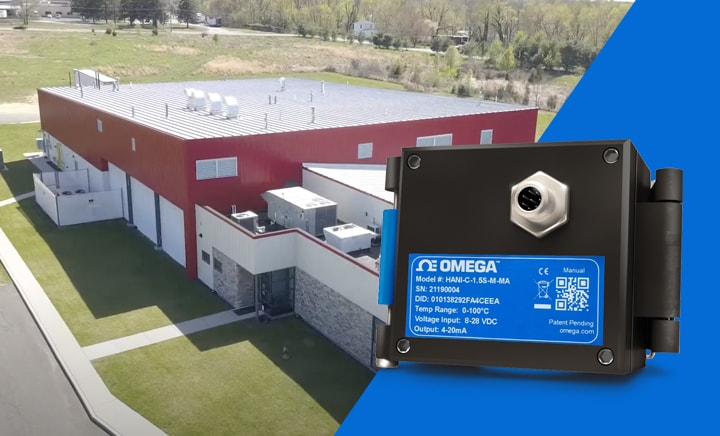


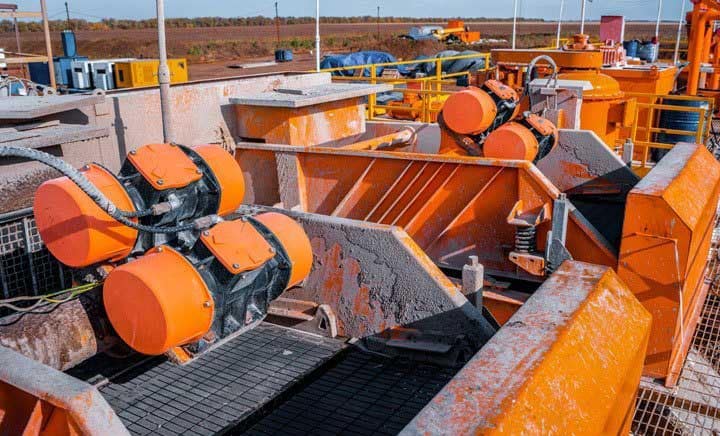
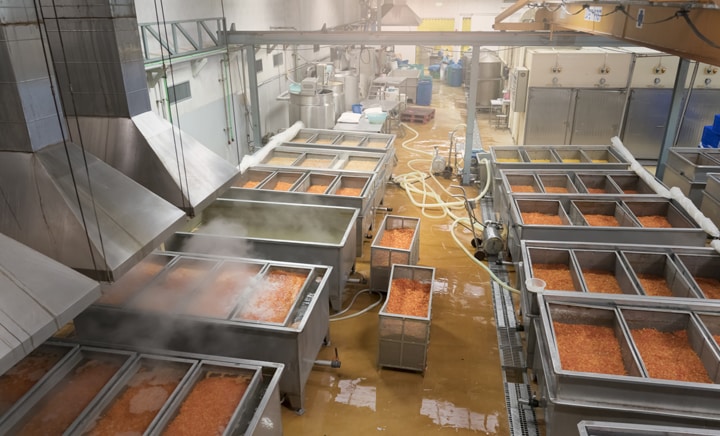
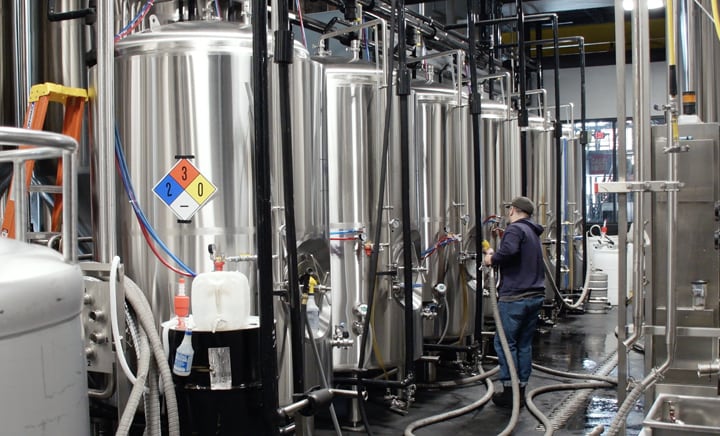
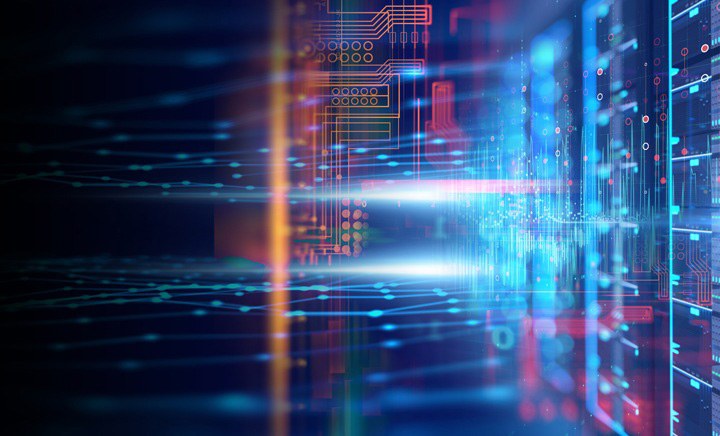
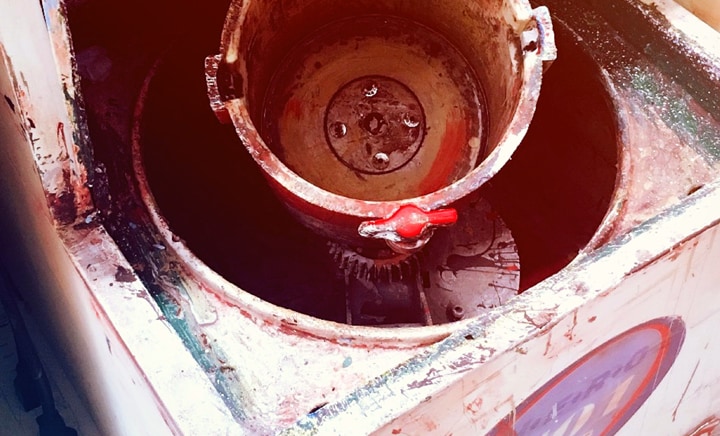
Types of Accelerometers An accelerometer is a device that can measure acceleration experienced by an object. However, there are many types of accelerometers. In this article you will learn about those.
Tagged as:Technical Learning, Get Curious
Read More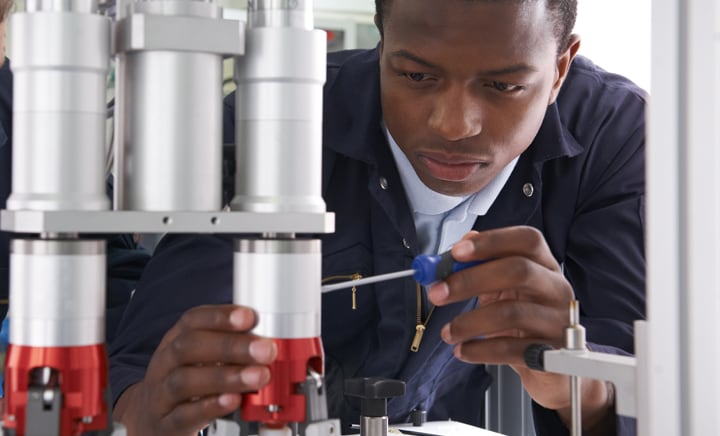
What to Look for When Selecting Accelerometers? There are some specifications that you should always look when selecting an accelerometer. In this article the most important factors are explained.
Tagged as:Technical Learning, Get Curious
Read More

What is a Calibration Certificate? Calibration certificates validate the device’s accuracy levels to a standardized reference.
Tagged as:Technical Learning, Get Curious
Read More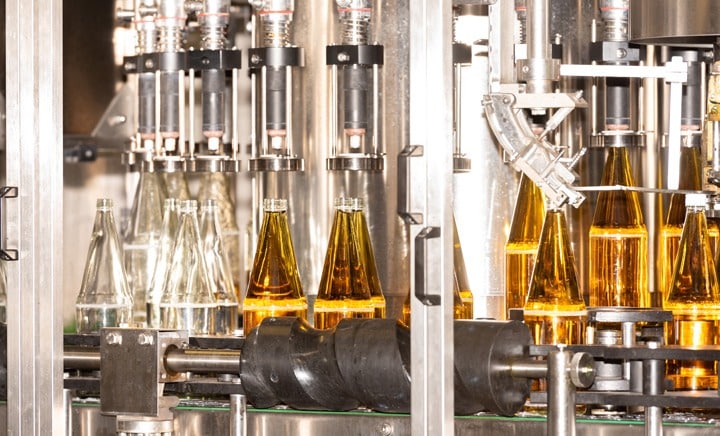
How to Use a Magnetic Flow Meter to Meet Hygiene Requirements for Clean-in-Place (CIP) Systems In the food and beverage industry, clean-in-place (CIP) maintenance is essential for meeting safety and hygiene standards while maintaining process efficiency and maximizing equipment service life.
Tagged as:Technical Learning, Get Curious
Read More
Measurement of Outflow Facility in the Eye Glaucoma is a world-leading cause of blindness. The major risk factor for glaucoma is elevated intraocular pressure (IOP), with the sole treatment for glaucoma patients being to reduce the IOP.
Tagged as:Technical Learning, Get Curious
Read More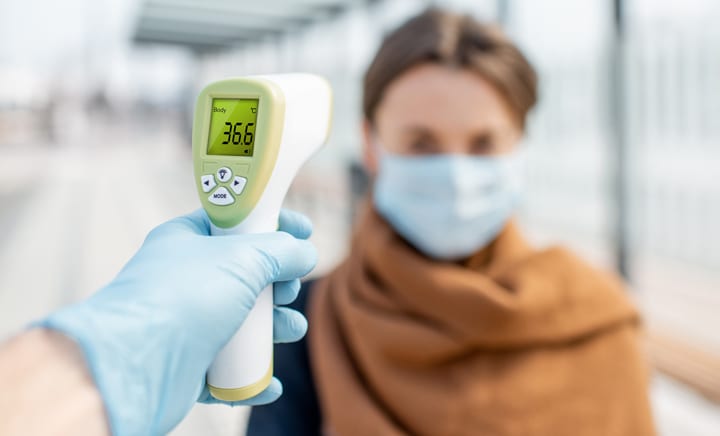
How Do Infrared Thermometers Work? Infrared (IR) forehead thermometers are useful in measuring temperature across a range of industrial and clinical environments.
Tagged as:Technical Learning, Get Curious
Read More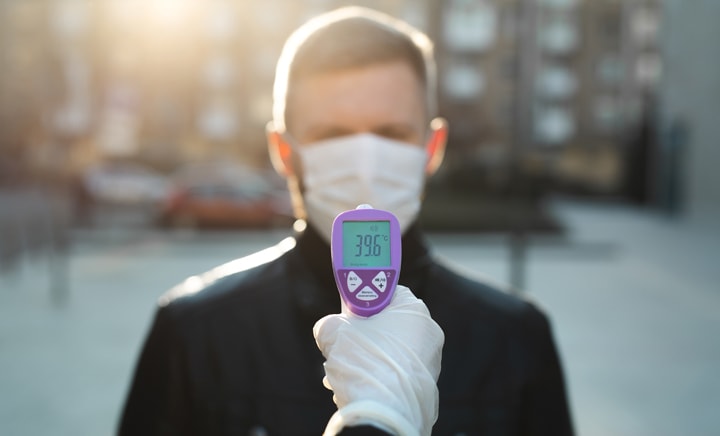
Infrared Thermometers: FAQs It is essential to understand that the accuracy of IR thermometers depends on how and where you use them.
Tagged as:Technical Learning, Get Curious
Read More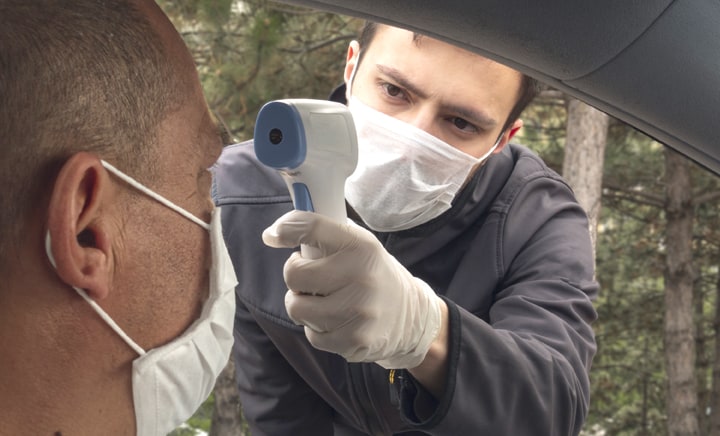
Most common applications of Infrared Thermometers Because of their ability to measure temperature from a distance, IR thermometers have a broader scope of application than just checking whether you have a fever.
Tagged as:Technical Learning, Get Curious
Read More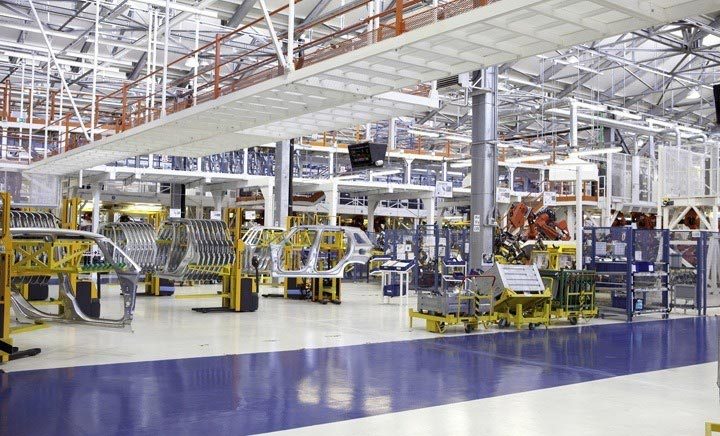
7 Key Benefits of Remote Monitoring Using IIoT Businesses can overcome challenges by leveraging the IIoT-enabled remote monitoring framework and achieve substantial improvements.
Tagged as:Technical Learning, Get Curious
Read More
Give Your Legacy Systems an IIoT Upgrade and Achieve More The most common obstacle is collecting operational data from legacy machines and communicating that data to the cloud.
Tagged as:Technical Learning, Get Curious
Read More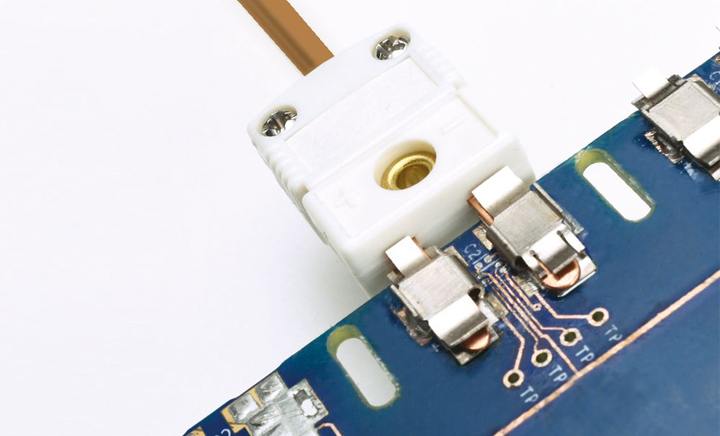
Advantages of New OMEGA PCC-SMD for Cold Junction Compensation OMEGA’s new PCC-SMD unique features make integration of cold junction compensation easier than it ever has been before.
Tagged as:Technical Learning, Get Curious
Read More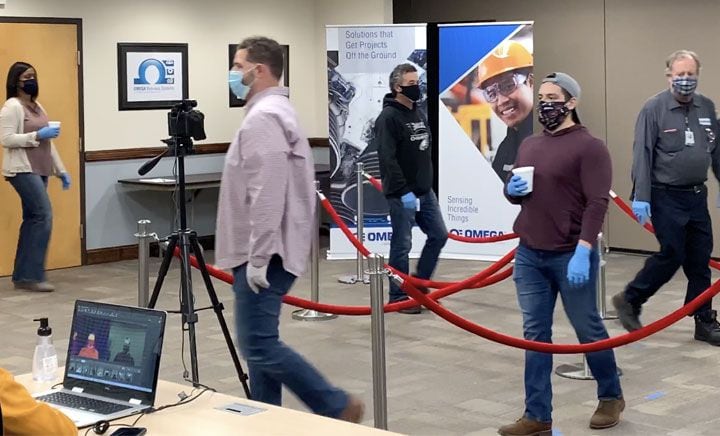
Best Practices to Implement Temperature Screening As businesses plan to resume operations with the easing lockdown restrictions, the immediate challenge for them is to keep their employees and customers safe.
Tagged as:Technical Learning, Get Curious
Read More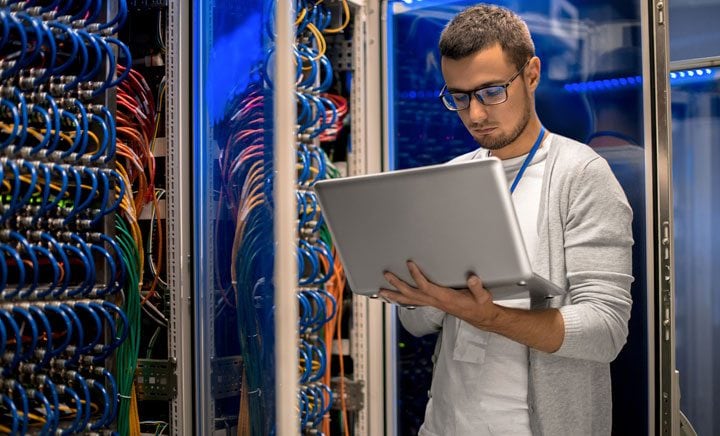
Real-World Examples of IIoT Monitoring Here, we explore two typical use cases and corresponding real-world examples of IIoT monitoring solutions.
Tagged as:Technical Learning, Get Curious
Read More
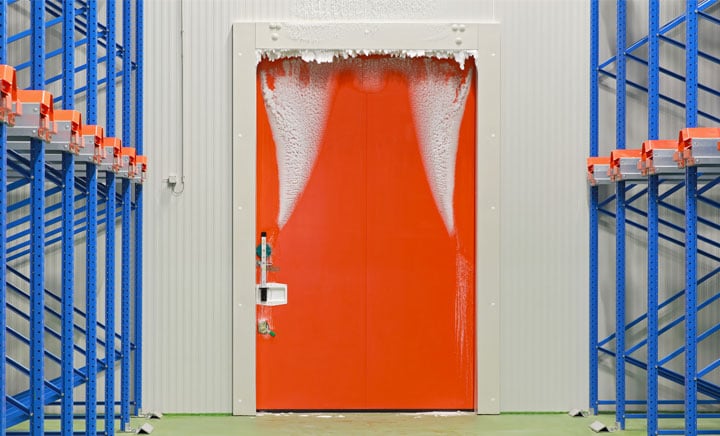
How to Trigger an Alarm When Freezer Door Is Left Open When a freezer door is accidentally left partially open, it can lead to food spoilage and increased energy costs.
Tagged as:Technical Learning, Get Curious
Read More

How to Monitor Asphalt Temperature with IIoT Devices The temperature of hot mixed asphalt is a critical component to the compaction and longevity of poured concrete.
Tagged as:Technical Learning, Get Curious
Read More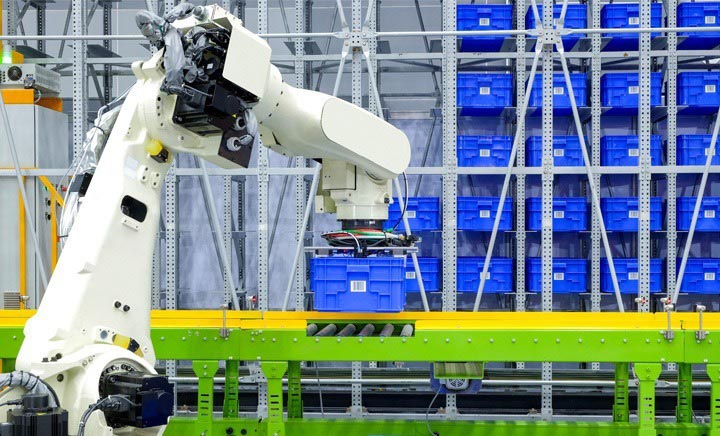
How to Connect Your Modbus Devices to the Omega Link Gateway Industrial setups look to reap the benefits of the Industrial Internet of Things (IIoT) by establishing a connected environment.
Tagged as:Technical Learning, Get Curious
Read More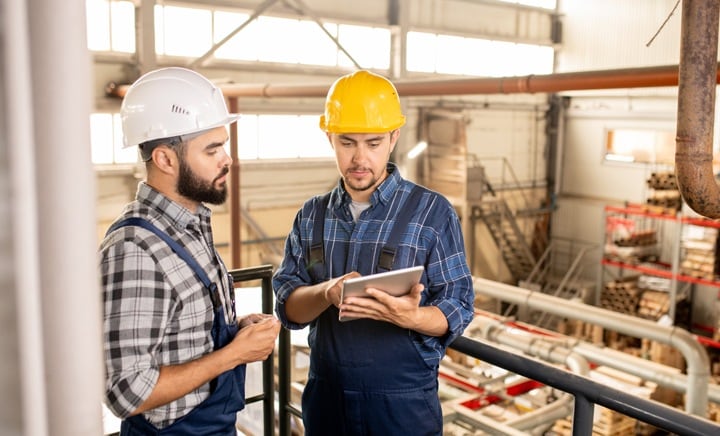
5 Ways Smart Sensor Data Brings Benefits for Your Business Smart technology is expanding its horizons to sensor products, and it has completely changed the concept, integration, and application of these devices.
Tagged as:Technical Learning, Get Curious
Read More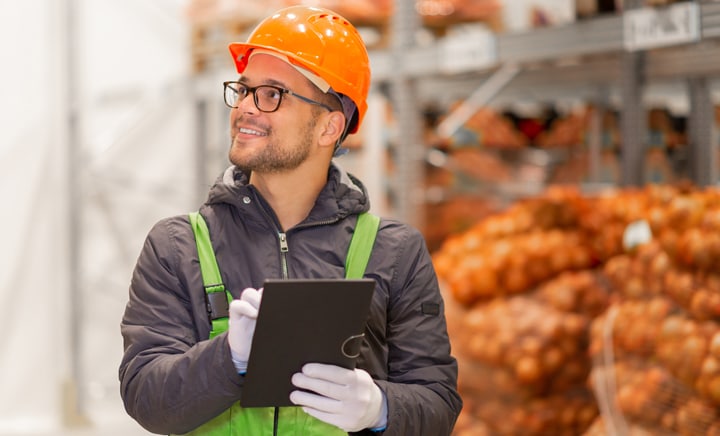
What is Edge Computing? The concept of edge computing has been around for several years, stemming from the days of on-premise Computer Instrumentation or Human Machine Interface (HMI) computers.
Tagged as:Technical Learning, Get Curious
Read More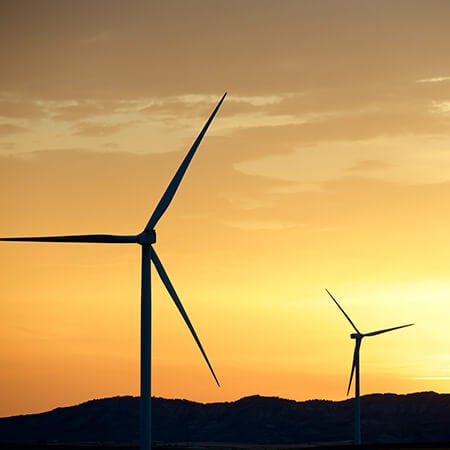
Making Maintenance a Breeze Selecting the proper cable family according to the process conditions is necessary to get desired temperature controls within the pipes.
Tagged as:Technical Learning, Get Curious
Read More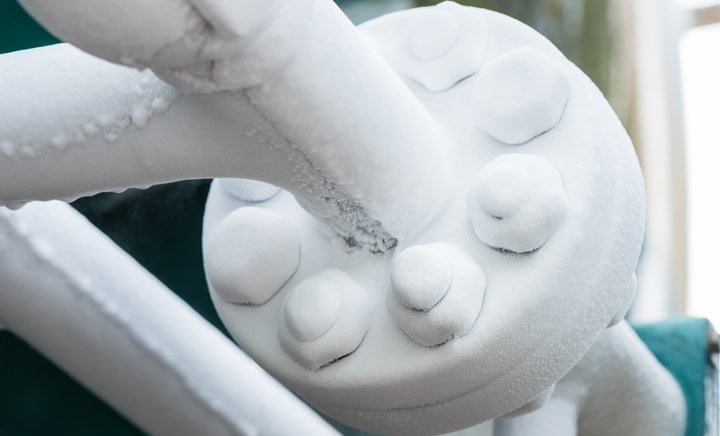
What is a Heat Trace System? A heat trace system is a set of paths lined along pipes or vessels.
Tagged as:Technical Learning, Get Curious
Read More
Designing the Right Heat Trace System Designing a perfect heat trace system requires considering several important variables.
Tagged as:Technical Learning, Get Curious
Read More
What is a type K Thermocouple? A Type K thermocouple refers to any temperature sensor containing Chromel and Alumel conductors, that meets the output requirements as stated in ANSI/ASTM E230 or IEC 60584 for Type K thermocouples
Tagged as:Technical Learning, Get Curious
Read More
What Are The Most Common Applications for Thermocouples? Thermocouples are used in a wide range of applications.
Tagged as:Technical Learning, Get Curious
Read More
How to Mount Thermocouples Correctly? When connecting thermocouples to other devices care needs to be taken to ensure that the proper polarity is maintained.
Tagged as:Technical Learning, Get Curious
Read More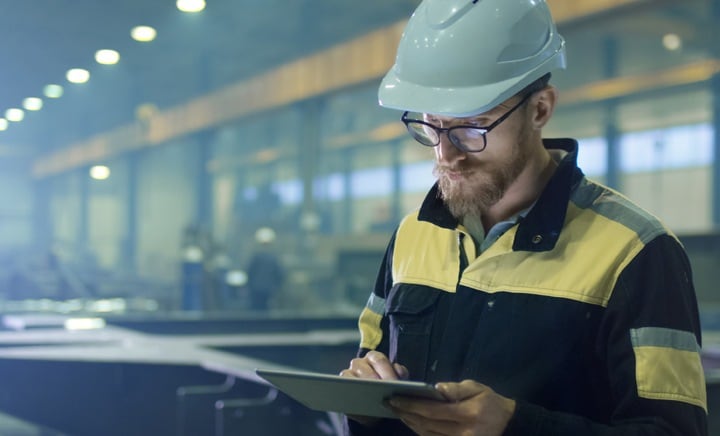
FAQ: Thermocouple Characteristics and Specifications Thermocouples do have positive and negative wires, in order to read a correct temperature the polarity needs to be maintained throughout the circuit.
Tagged as:Technical Learning, Get Curious
Read More
Thermocouple Styles and Constructions Thermocouples come in three types of junctions, Grounded, Ungrounded and Exposed.
Tagged as:Technical Learning, Get Curious
Read More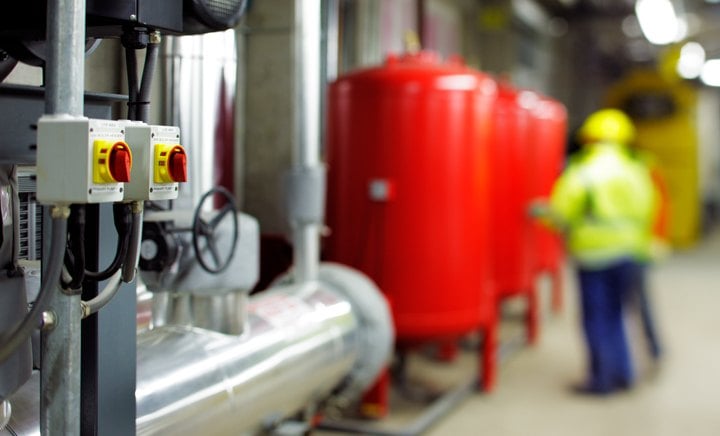
Common Techniques to Calibrate Thermocouples Thermocouples are usually calibrated in one of three ways depending on the accuracy needed and the conditions where the calibration takes place.
Tagged as:Technical Learning, Get Curious
Read More
FAQ: Thermocouple Installations When more than one measurement is needed, dual thermocouples provide that extra measurement signal.
Tagged as:Technical Learning, Get Curious
Read More
Pressure Transducer in Underwater Applications A pressure transducer being underwater presents its own unique challenges.
Tagged as:Technical Learning, Get Curious
Read More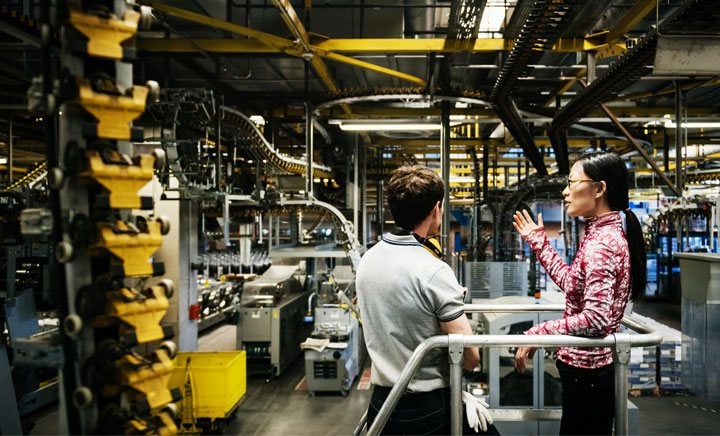
Pressure Transducer and Controllers Pressure not only needs to be measured, but your system needs to make changes based on pressure readings as well.
Tagged as:Technical Learning, Get Curious
Read More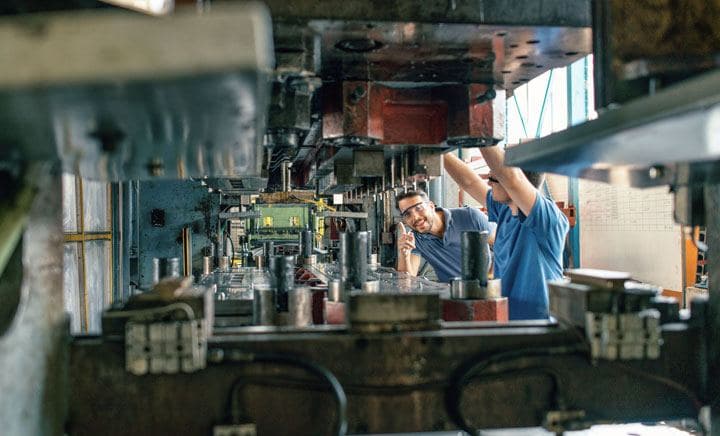
Pressure Transducer and Amplifier Selection Choosing the proper amplifier depends on the type of signal that your system needs.
Tagged as:Technical Learning, Get Curious
Read More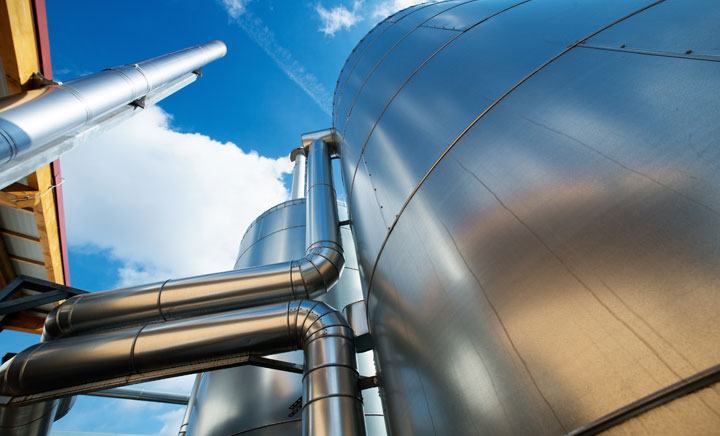
Pressure Transducer for Gases ‘Gas’ is an incredibly broad term. Many industries use gas, but not every industry needs to accurately measure the pressure of the system.
Tagged as:Technical Learning, Get Curious
Read More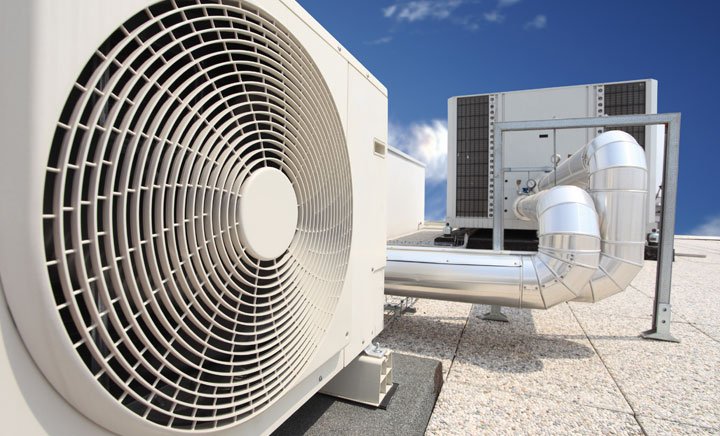
Pressure Transducer for Air Air pressure was first measured all the way back in 1643: when the barometer was invented.
Tagged as:Technical Learning, Get Curious
Read More
Pressure Transducer in Air Applications There are a wide variety of applications that need air pressure properly monitored.
Tagged as:Technical Learning, Get Curious
Read More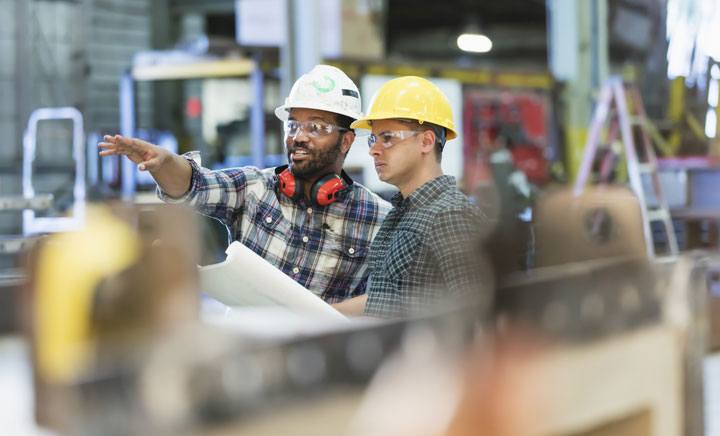
Pressure Transducers and Dataloggers Data loggers are typically used to measure and store the pressure signals that a system puts out.
Tagged as:Technical Learning, Get Curious
Read More
Choosing a Signal Transmitter From reviewing both devices and the way they work with other devices, it is clear that signal transmitters and signal conditioners more or less perform the same set of tasks.
Tagged as:Technical Learning, Get Curious
Read More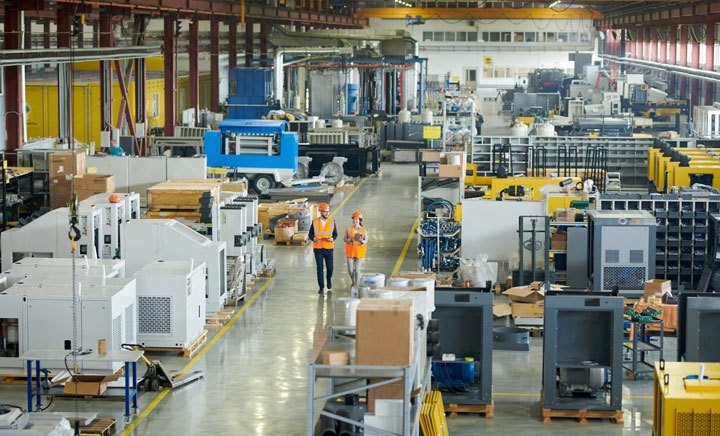
Signal Transmitters A signal transmitter is a device that transmits data from one place to another.
Tagged as:Technical Learning, Get Curious
Read More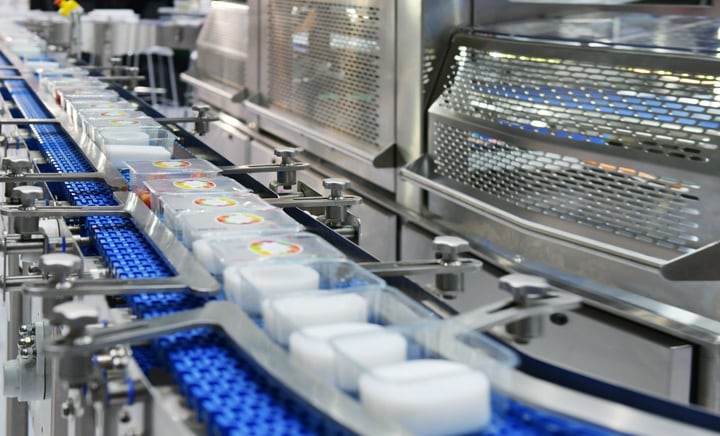
Why IoT Isn’t Good Enough for Industrial Applications Whenever there's a discussion about IIoT, a comparison with IoT always exists.
Tagged as:Technical Learning, Get Curious
Read More
What components are in a IIoT network? IIoT or Industrial Internet of Things is one such technology that is well-known among industry experts but mostly unknown to the rest.
Tagged as:Technical Learning, Get Curious
Read More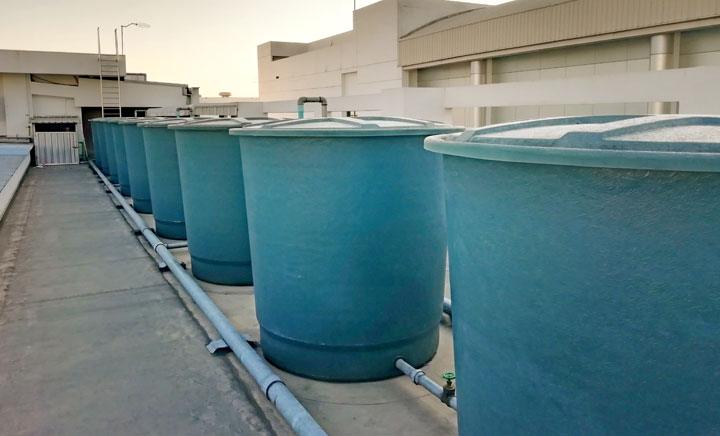
Pressure Measurement of Water Level Figuring out how much the water level has risen or fallen in a tank (or something similar) should be a simple task.
Tagged as:Technical Learning, Get Curious
Read More
Pressure Transducers for Refrigerant Plenty of systems in the real world rely on the refrigeration cycle; from massive supermarket refrigeration systems to the AC unit in your car.
Tagged as:Technical Learning, Get Curious
Read More
Pressure Transducer Specs Pressure transducers are useful in a variety of industries.
Tagged as:Technical Learning, Get Curious
Read More
Pressure Transducer FAQ Pressure sensors may undergo contamination from the environment around it or from the working fluid that it measures.
Tagged as:Technical Learning, Get Curious
Read More
Testing Pressure Transducers Pressure transducers are precise instruments, and like all instruments, they are prone to failure.
Tagged as:Technical Learning, Get Curious
Read More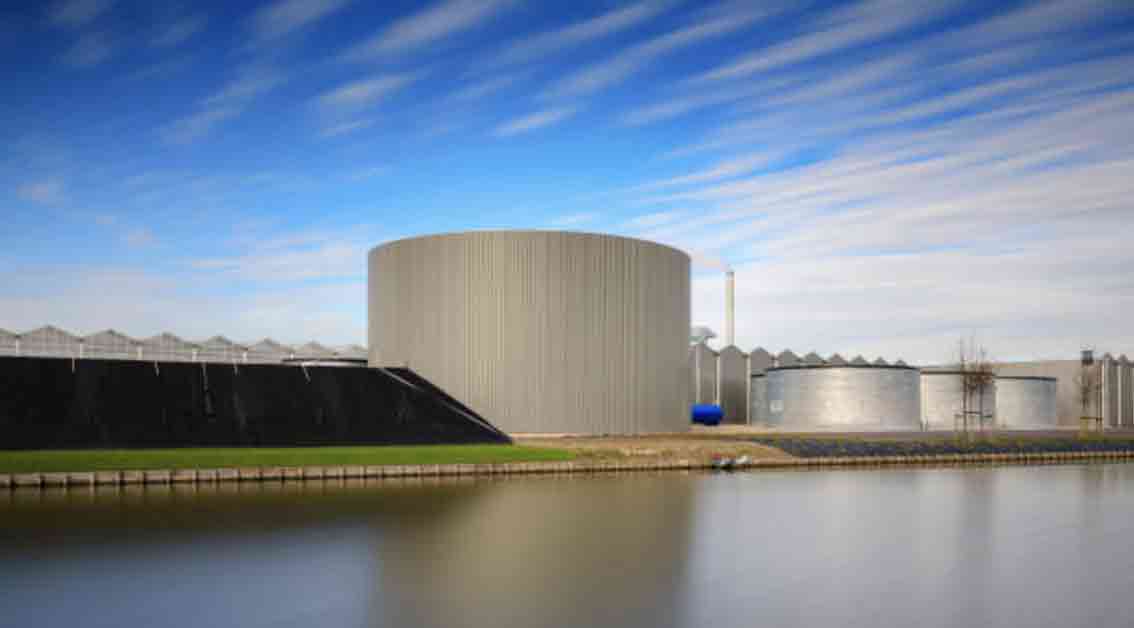
Pressure Calibration Procedure Calibration is an important step that helps devices to produce accurate measurements.
Tagged as:Technical Learning, Get Curious
Read More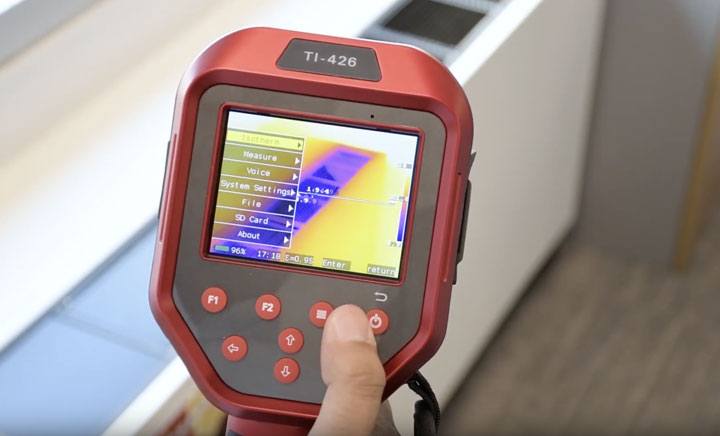
Which type of infrared sensing technology will work better for my application—an infrared thermometer or a thermal imaging camera? There are many applications that require accurate surface temperature measurement but don’t permit the use of a surface probe because it’s not possible to make direct contact with the object whose temperature is being measured.
Tagged as:Technical Learning, Get Curious
Read More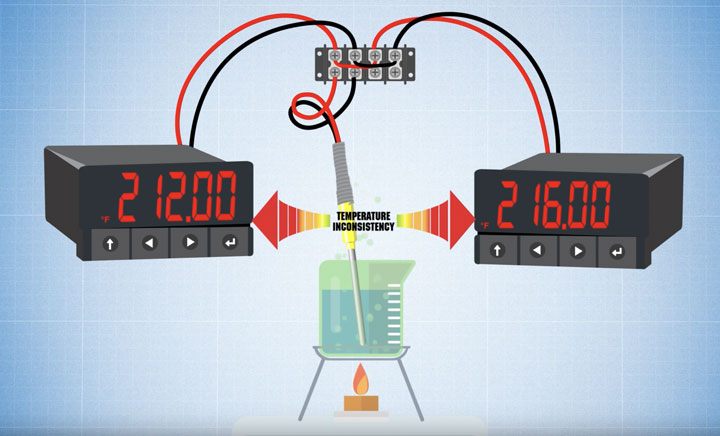
How do you split a thermocouple signal? Thermocouples are simple, low-cost, thermoelectric temperature sensors. They’re used in a wide range of temperature measurement processes and applications.
Tagged as:Technical Learning, Get Curious
Read More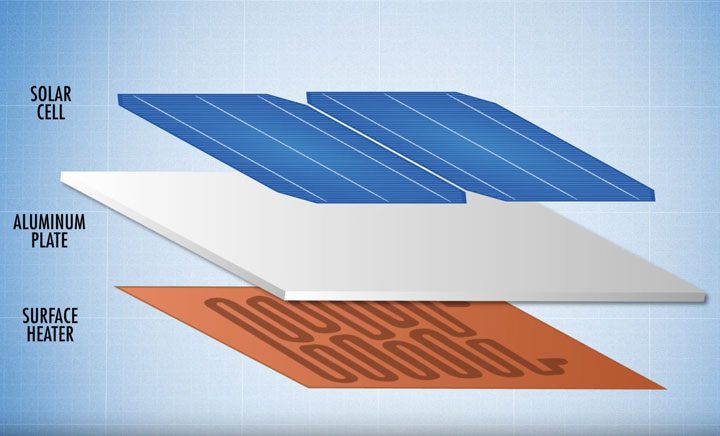
How to calculate heater wattage to get to the right temperature? When selecting a surface heater for use in an industrial process or application, you’ll want to begin by calculating your wattage requirements.
Tagged as:Technical Learning, Get Curious
Read More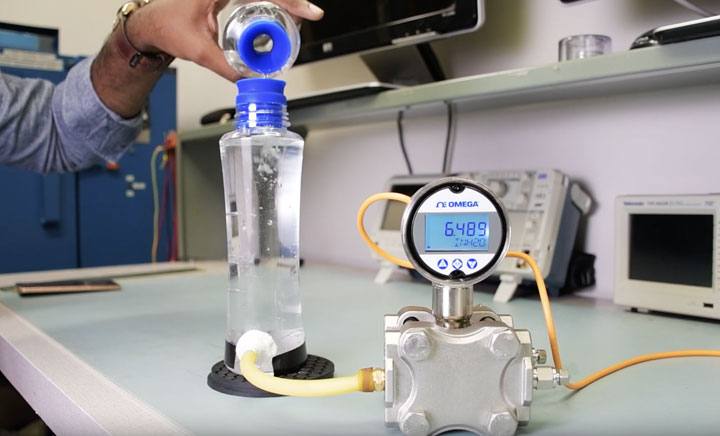
How to use a pressure transmitter or pressure transducer to measure the height of a column of water in a container? Outlining the setup of an experimental application in which we use a pressure transmitter to measure the amount of pressure that’s being exerted by a column of water in a water bottle.
Tagged as:Technical Learning, Get Curious
Read More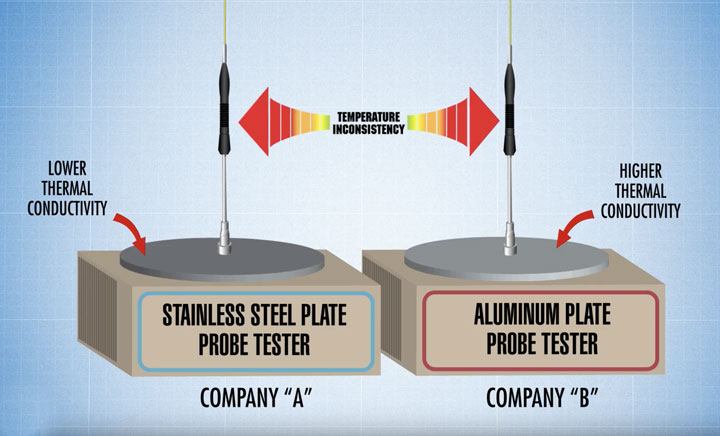
Why is it so difficult to calibrate a surface probe? Surface probes house may types of temperature measurement assemblies, including widely-used thermocouples.
Tagged as:Technical Learning, Get Curious
Read More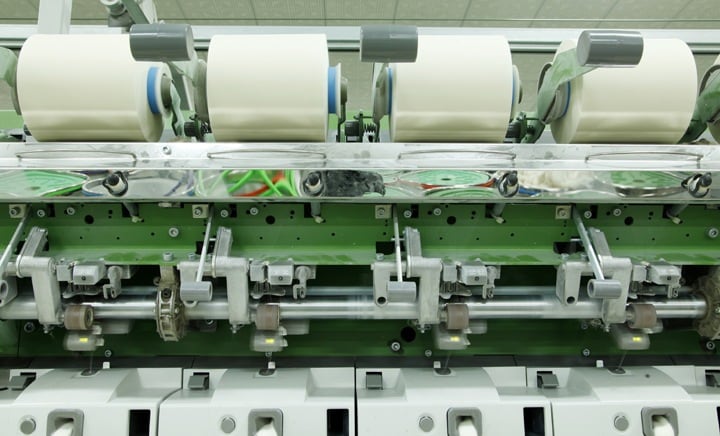
Types of Signal Conditioners Signal conditioners are devices that modify output signals produced by a sensor.
Tagged as:Technical Learning, Get Curious
Read More
How to use Load Cells for Weight Measurement To measure the weight, the subject is placed on a load application point of a load cell.
Tagged as:Technical Learning, Get Curious
Read More
Load Cell Specifications In this article all the specifications in a load cell's datasheet are explained. Click here to learn and understand more about the technical aspects.
Tagged as:Technical Learning, Get Curious
Read More
How to Test a Load Cell? Set the multimeter in millivolts and connect the output wires of the load cell to it. Supply a excitation voltage and place a test weight on the load cell.
Tagged as:Technical Learning, Get Curious
Read More
Why Load Cell Signal Conditioner is Critical to a Strain Gauge Setup Signal conditioners take the output from the load cell, modify it and then send it to digital monitors or data loggers.
Tagged as:Technical Learning, Get Curious
Read More
How to Pick a Data Logger for Your Load Cell? A force to a load cell causes deformation on the strain gauge creating a electrical signal. A data logger takes that data and stores the data for later.
Tagged as:Technical Learning, Get Curious
Read More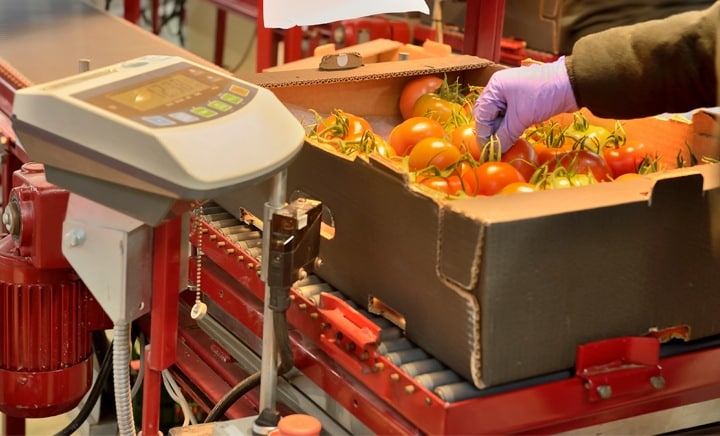
Load Cell Meter: Choosing the Right Strain Meters The load cell meter connects directly to the strain gauge to convert the signal into a displayed value. They can also power up the load cell.
Tagged as:Technical Learning, Get Curious
Read More
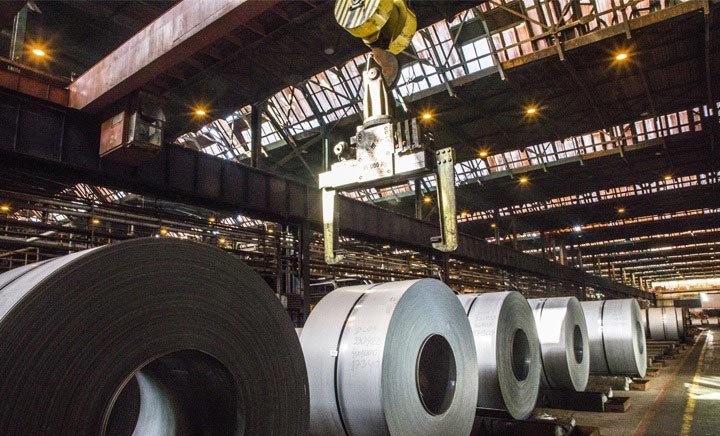
Load Cell with Remote Display To accurately read and process the load cell values, displays form an essential part of the weighing system.
Tagged as:Technical Learning, Get Curious
Read More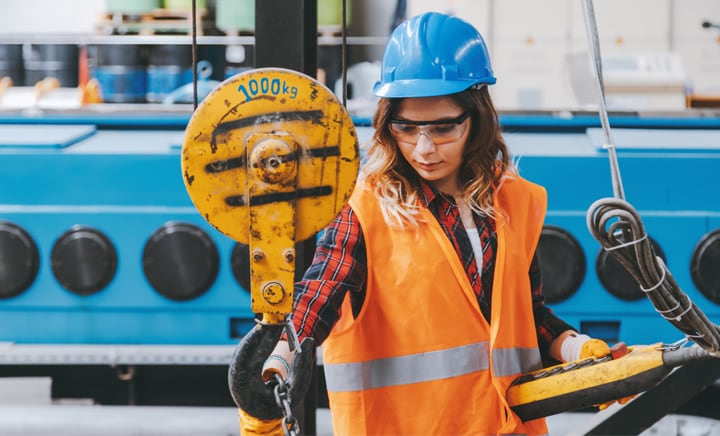
Load Cell Controller A load cell controller is a device used in conjunction with a load cell to convert the electrical signals from the load cell to readable real-world values.
Tagged as:Technical Learning, Get Curious
Read More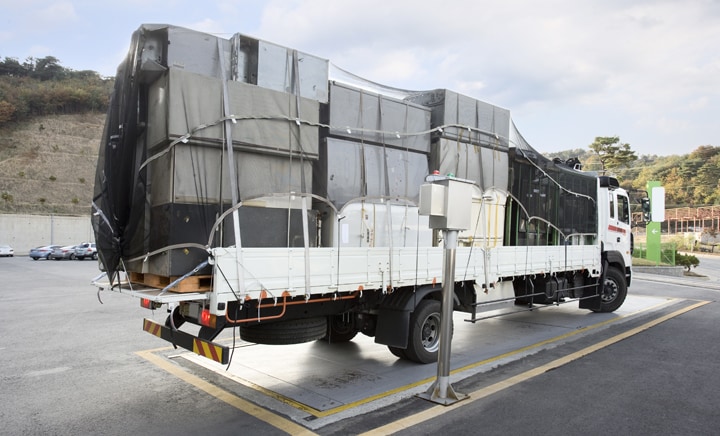
Load Cell Platform Scale – Example Illustration For high-precision weighing applications, load cell platform scales must measure the load accurately. To illustrate this measurement precision, an example with a test weight is explained here.
Tagged as:Technical Learning, Get Curious
Read More
What is a Load Cell Amplifier? A load cell amplifier is a device that can increase the strength of signals coming from a load cell.
Tagged as:Technical Learning, Get Curious
Read More
USB Load Cells: Do More with the Measurement Data Analog load cells can't record the data for further analysis. To make the load cell signals readable by a computer an USB output is useful. Read it here.
Tagged as:Technical Learning, Get Curious
Read More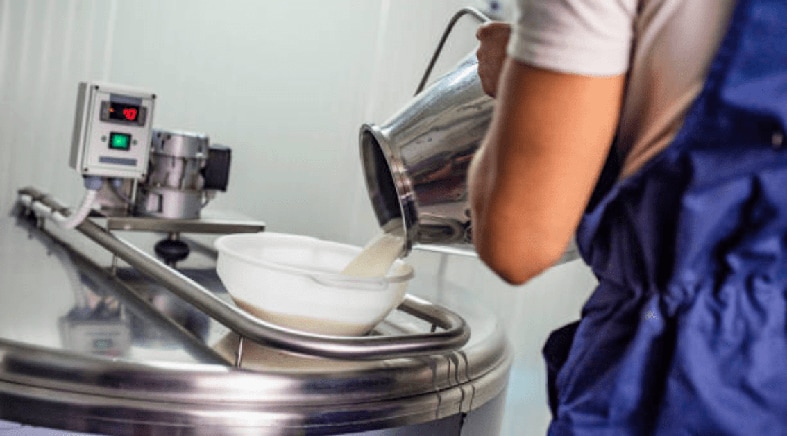
An Introduction to 3-A Sensors for Sanitary Applications 3-A standards were developed in the 1920’s as way to qualify processes as being sanitary. The objective is to prevent contamination of products produced for human consumption or direct contact.
Tagged as:Technical Learning, Get Curious
Read More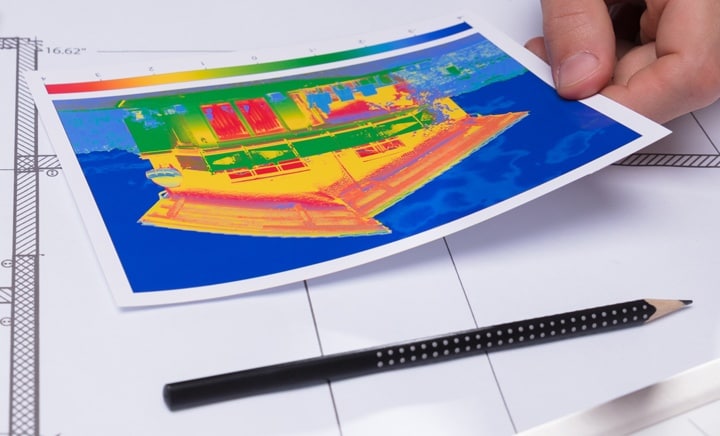
How thermal cameras are used in Home Inspections? Thermographic inspections uncover a wide variety of information to help you derive crucial details about your home. Learn more about this application here.
Tagged as:Technical Learning, Get Curious
Read More
Top Applications of Thermal Imaging Cameras In this article some of the most common applications of thermal imagers in a varied set of industries. Click here to discover those.
Tagged as:Technical Learning, Get Curious
Read More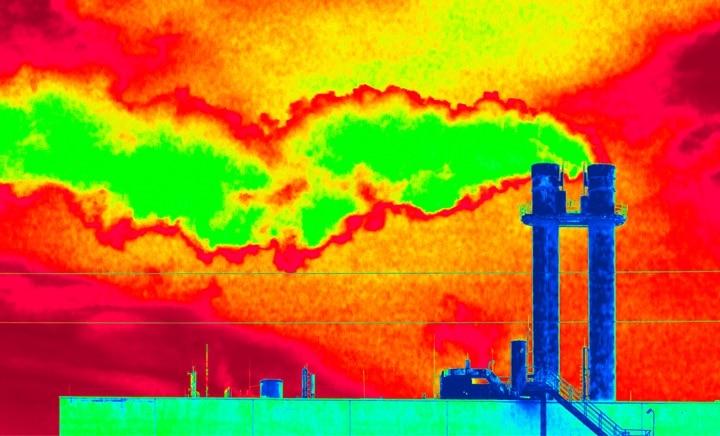
How to choose a Thermal Camera? Apart from cost and quality, the two major factors that you should keep in mind when buying a thermal imager are Detector Resolution and Thermal Sensitivity.
Tagged as:Technical Learning, Get Curious
Read More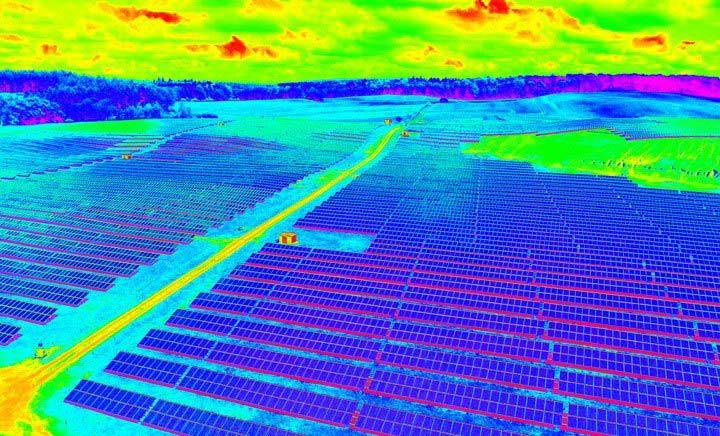
FAQ about Thermal Cameras Choosing a thermal imaging camera is tricky as they are different from other imaging technologies. Click here to learn about the questions that always puzzle buyers.
Tagged as:Technical Learning, Get Curious
Read More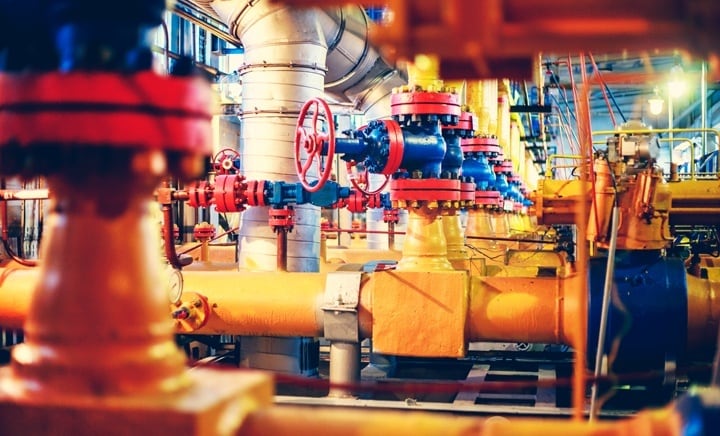
Let's Learn About It with Omega: The Water Hammer Effect Water hammer effect is an impact load that is the most misunderstood force known to pressure transducers today. A water hammer is created by stopping and/or starting a liquid flow suddenly.
Tagged as:Technical Learning, Get Curious
Read More
Conductivity and Resistivity Conductivity measures the ability of a solution to conduct an electric current between two electrodes. In solution, the current flows by ion transport.
Tagged as:Technical Learning, Get Curious
Read More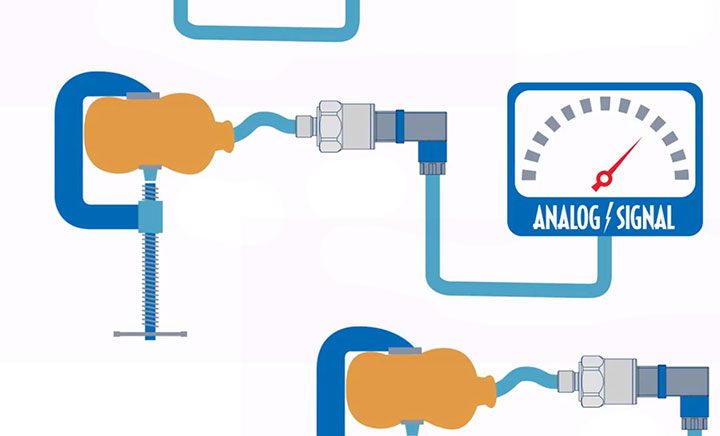
How Does a Pressure Transducer Work? A pressure transducer is a device that measures the pressure of a fluid, indicating the force the fluid is exerting on surfaces in contact with it.
Tagged as:Technical Learning, Get Curious
Read More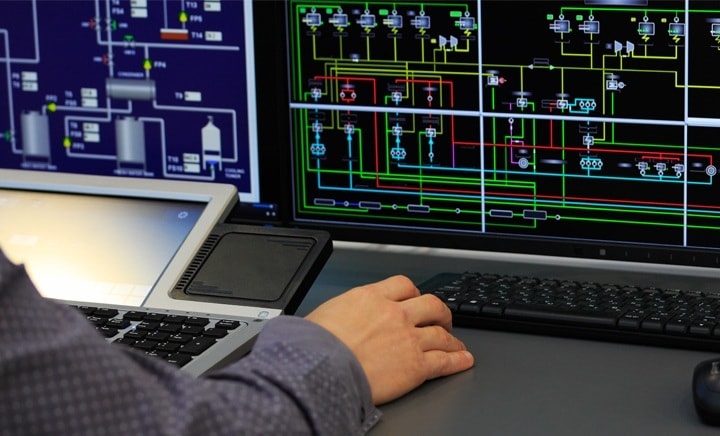
4-20mA Input It is extremely simple and inexpensive to measure 4-20ma signal with a device that will measure only Voltage inputs.
Tagged as:Technical Learning, Get Curious
Read More
Digital Signal Transmission Industrial networks that transmit data using digital signals often are an integral part of a data acquisition or process control solution.
Tagged as:Technical Learning, Get Curious
Read More
Digital Signal Transmission In contrast to analog transducers that sense continuous variables such as pressure and temperature, many transducers provide an output that is one of two states: high or low, open or closed.
Tagged as:Technical Learning, Get Curious
Read More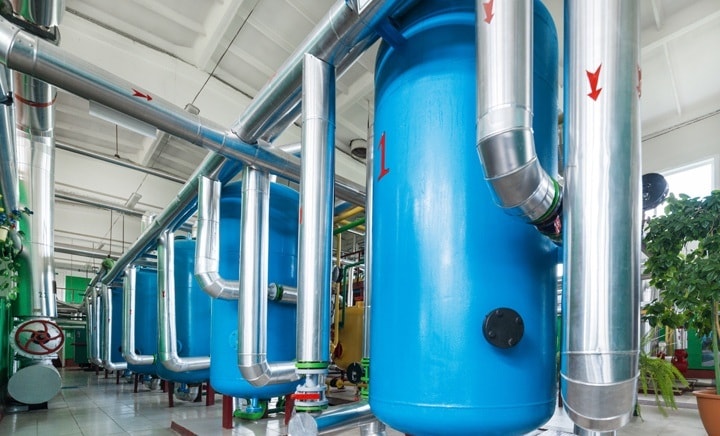
Everything you need to know about Immersion Heaters An immersion heater is a device which is installed in a tank or container to heat a liquid. The installation can be over-the-side, flanged, or threaded.
Tagged as:Technical Learning, Get Curious
Read More
What is a Polyimide Heater? Polyimide heaters, also known as Kapton heaters, are made from Kapton, a polyimide film developed by DuPont.
Tagged as:Technical Learning, Get Curious
Read MoreWhat are silicone heaters used for? Silicone rubber heaters have a wide range of industrial, commercial, and military applications. These heaters are resistant to radiation, moisture, compression set, weathering, vacuum, fungus, oils, solvents, and chemical attack.
Tagged as:Technical Learning, Get Curious
Read More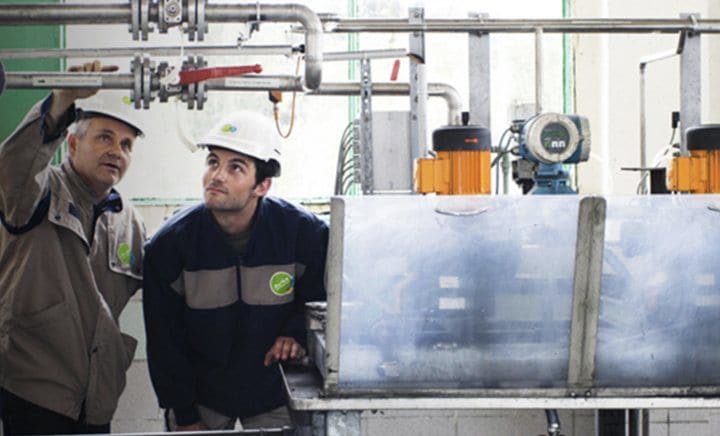
Wastewater Lift Station Surveillance and Management A wastewater lift station decided to renovate its lift station cabinets - getting a much simpler, more cost-efficient setup with remote access to transmitter data and programming.
Tagged as:Technical Learning, Get Going
Read More
Temperature Sensors go ‘Hand in Hand’ The value of a products’ ability to complete temperature measuring solutions with quality and reliability.
Tagged as:Technical Learning, Get Going
Read More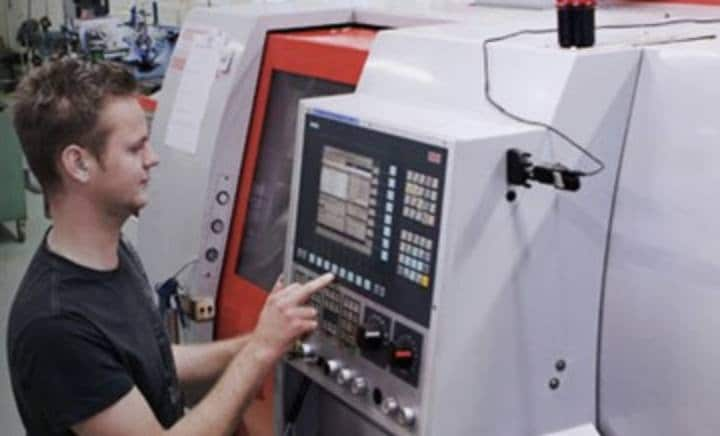
Temperature Sensors go ‘Hand in Hand’ with Temperature Transmitters A leading temperature sensor manufacturer develops, manufactures and sells thermocouples and Pt100 resistance thermometers (RTDs), cables and connectors, and so much more.
Tagged as:Technical Learning, Get Going
Read More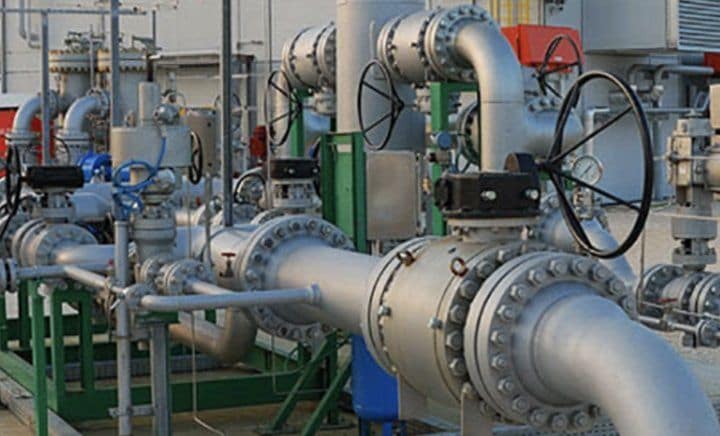
Stable and Accurate Temperature Signal Readings A number of applications require signal conditioning devices to operate in extremely harsh environments – natural gas compressors with heavy engine vibration is one example.
Tagged as:Technical Learning, Get Going
Read More
Ship Engine Room Technology Upgrade A globally operating shipping and logistics company recently decided to refurbish a number of ships with newer technology.
Tagged as:Technical Learning, Get Inspired
Read More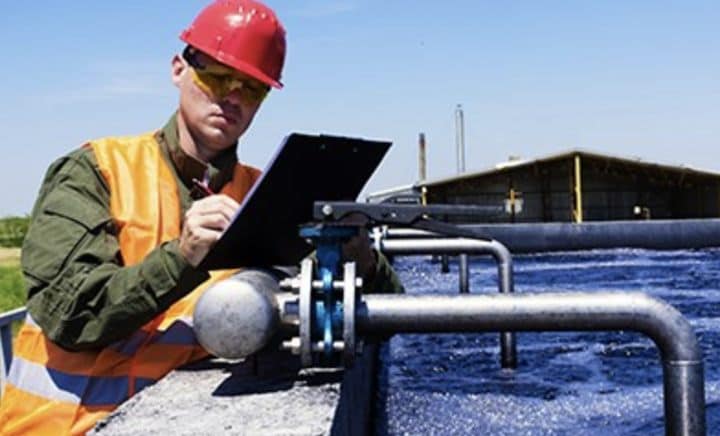
Sales Measures Water Levels Customer service that goes above and beyond in combination with excellent products at competitive prices.
Tagged as:Technical Learning, Get Curious
Read More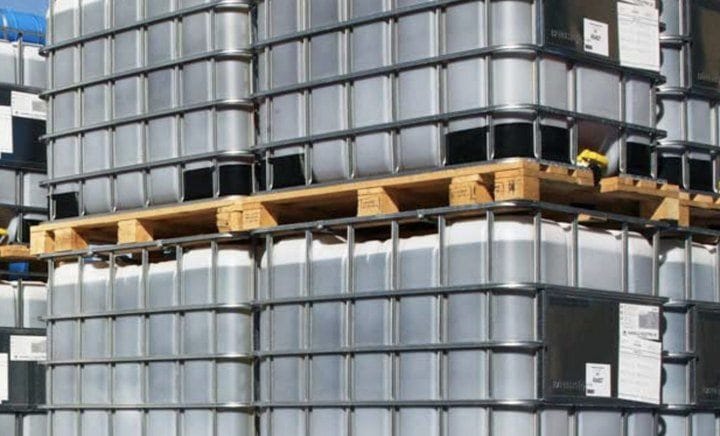
Safe and Precise Temperature Transmission and Control Stable, safe, and high precision measurement of temperature signals in all stages of the manufacturing process is of the essence at a polysulfide plant.
Tagged as:Technical Learning, Get Curious
Read More
Renovation of Digestion Tower at Wastewater Facility During the renovation of a wastewater facility it was determined that a flexible and durable transmitter was needed for the installation.
Tagged as:Technical Learning, Get Going
Read More
Quality, Support, and Flexibility When it was time to exchange an old panel that controlled a hydrogen compressor an automation technician decided to go with a backplane.
Tagged as:Technical Learning, Get Curious
Read More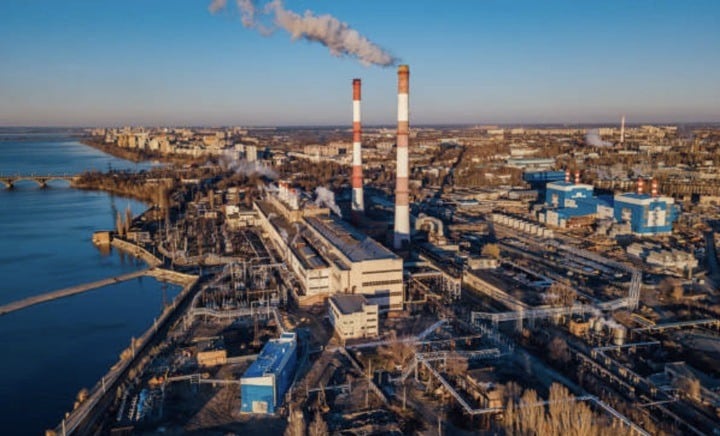
Problem Solver in the Field A project of operating a brand new waste-to-energy line gave an electrical engineer the chance to work with a field mounted HART temperature transmitter like TXUN-HT for the first time.
Tagged as:Technical Learning, Get Curious
Read More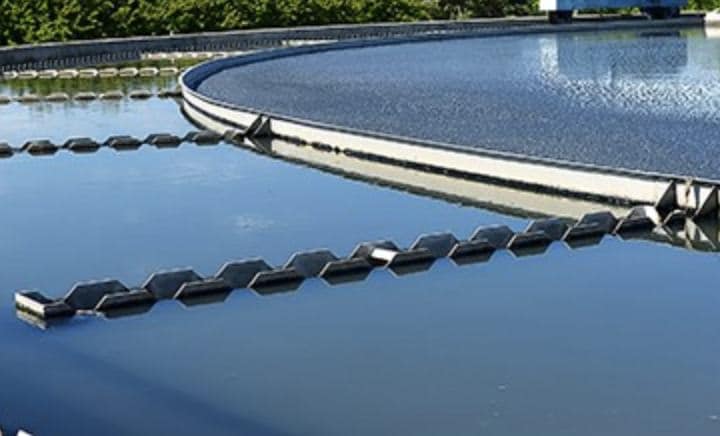
With an Isolated Repeater/Splitter A provider of electrical solutions to a wide range of customers and other electrical contractors, from temperature and pressure measurements to providing small PLC solutions needed a solution when working with temperature and isolation.
Tagged as:Technical Learning, Get Curious
Read More
Devices Use Advanced Technology Using a temperature/mA converter and a display programming front DRST-UN and DRSL-DISPLAY for a variety of applications throughout the plant has made signal monitoring more advanced – and less complicated.
Tagged as:Technical Learning, Get Inspired
Read More
Danish CHP Station The members of a maintenance team at a Danish power station were fed up getting error messages and false system alarms from one of the boiler’s temperature surveillance systems.
Tagged as:Technical Learning, Get Curious
Read More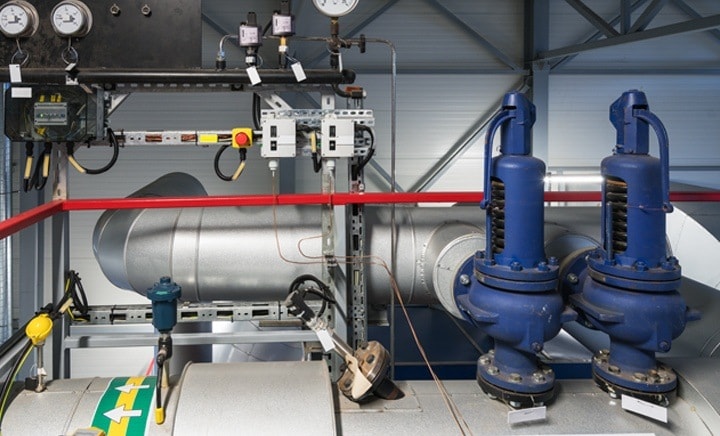
What is a Mass Flow Meter? A thermal mass flow meter measures the flow rate of gas mass based on the convective heat transfer of a heated surface to the flowing fluid.
Tagged as:Technical Learning, Get Curious
Read More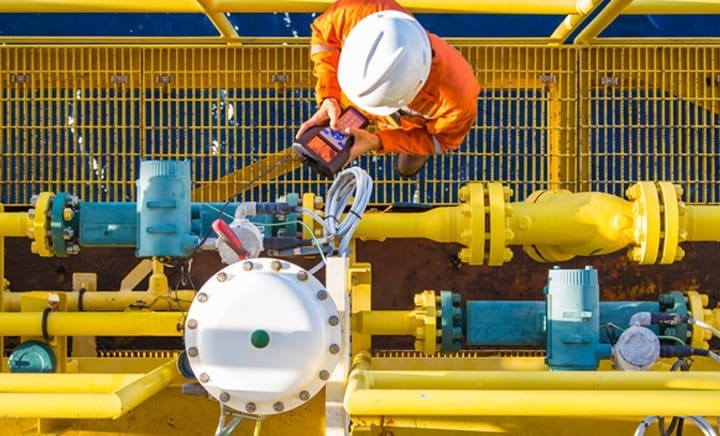
What is a Coriolis Flow Meter and How Does it Work? A Coriolis flow meter is a type of mass flow meter. It is designed differently and works differently than thermal or differential mass flow meters.
Tagged as:Technical Learning, Get Curious
Read More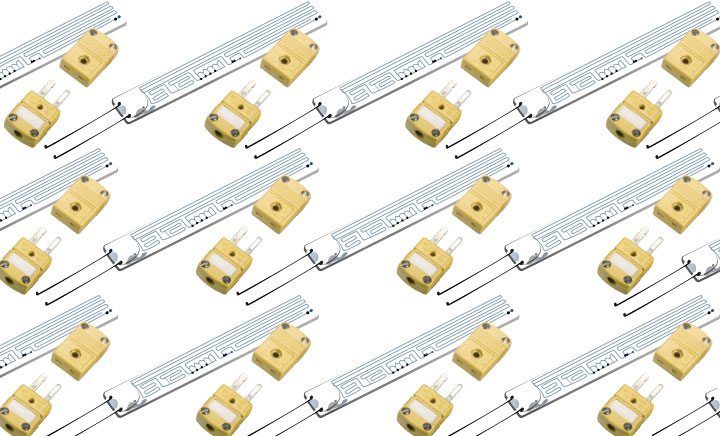
Thermocouple vs RTDs Selecting the best temperature sensor for your application can be a challenge. A broad range of sensors are available today, and the better you understand the key differences between them
Tagged as:Technical Learning, Get Curious
Read More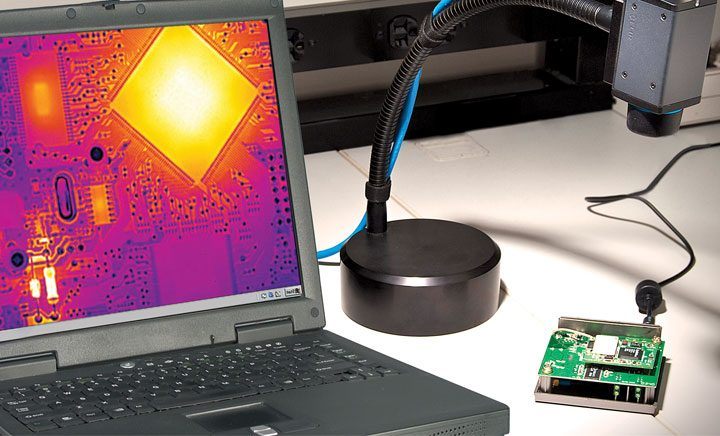
Principles of Infrared Thermocouples The IRt/c product line represents a dramatic breakthrough in temperature sensing technology. The IRt/c sensors are unpowered, low cost, and can measure surface temperatures of materials without touching.
Tagged as:Technical Learning, Get Curious
Read More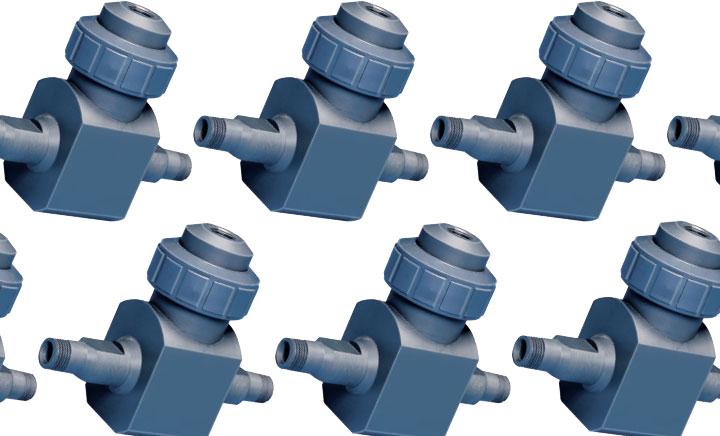
What is a Vortex Flow Meter? A vortex flow meter is a flow measurement device best suited for flow measurements where the introduction of moving parts presents problems.
Tagged as:Technical Learning, Get Curious
Read More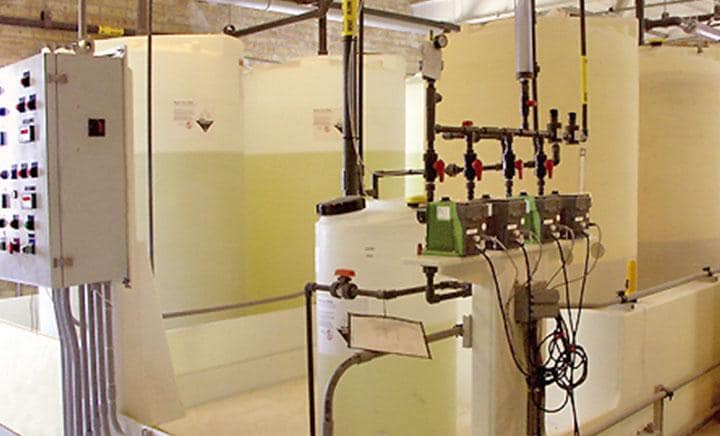
Cold junction compensation for thermocouples In this article different types of cold junction compensation are review. Discover common practices when accurate thermocouple measurements are required.
Tagged as:Technical Learning, Get Going
Read More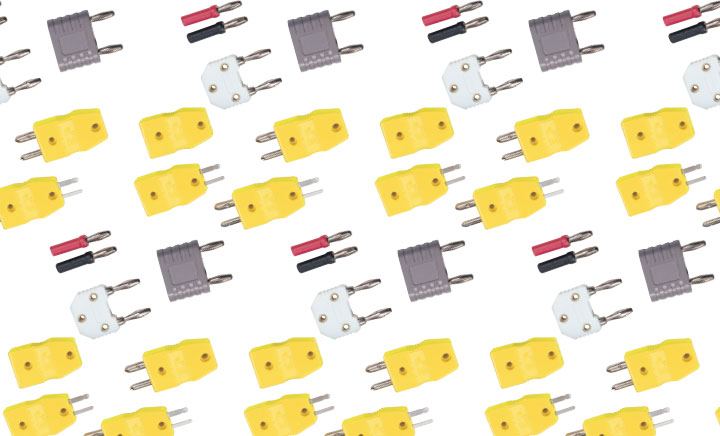
Thermocouple types Thermocouples are available in different combinations of metals or calibrations. The most common are the “Base Metal” thermocouples known as Types J, K, T, E and N.
Tagged as:Technical Learning, Get Curious
Read More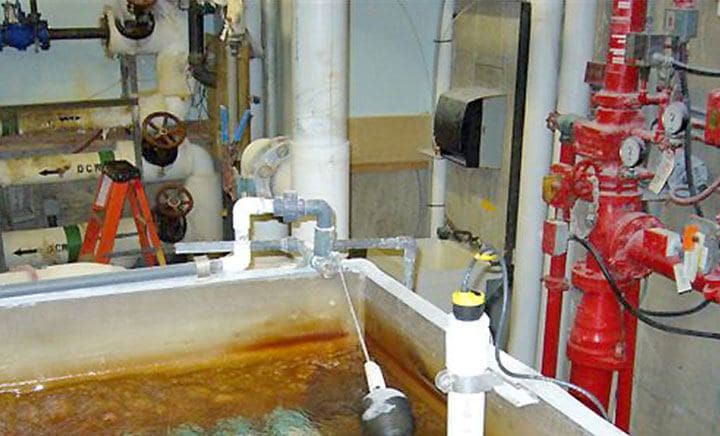
Thermocouple Response Time Time constants calculated for air at room temperature and atmospheric pressure moving with velocity of 65 feet per second for thermocouples
Tagged as:Technical Learning, Get Curious
Read More
Thermocouples - Reference Guide OMEGACLAD® is a three-part system composed of compacted MgO insulation, thermocouple wire and metal sheath.
Tagged as:Technical Learning, Get Curious
Read More
How to Use Ferrite Cores with Instrumentation OMEGA’s thermocouple and RTD connectors with built-in nickel-zinc ferrite cores are used where it is desired to suppress electro-magnetic, interference commonly known as EMI.
Tagged as:Technical Learning, Get Going
Read More
Practical Guidelines for Temperature Measurement Temperature can be measured via a diverse array of sensors. All of them infer temperature by sensing some change in a physical characteristic.
Tagged as:Technical Learning, Get Curious
Read More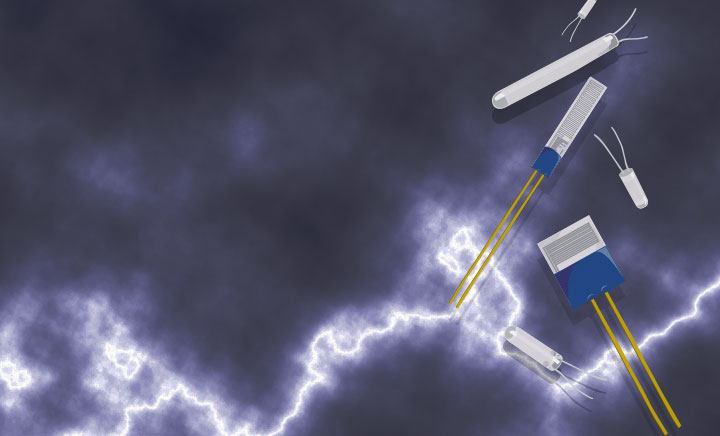
Pt100 Probes Probes may be terminated in a connection head, quick disconnect, terminal block, or extension wire. OMEGA’s standard terminations are pictured on product pages.
Tagged as:Technical Learning, Get Curious
Read More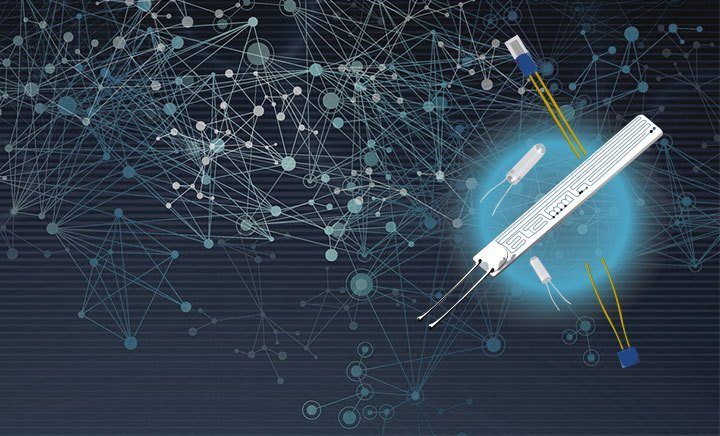
Resistance Elements and RTD’s Resistance elements come in many types conforming to different standards, capable of different temperature ranges, with various sizes and accuracies available.
Tagged as:Technical Learning, Get Curious
Read More
How to Install a Pressure Tranducer? OMEGA transducers have three main types of electrical outputs; millivolts (mV), volts (V), and current (mA). It is important for the user to know which output suits his application to ensure proper selection of a transducer.
Tagged as:Technical Learning, Get Curious
Read More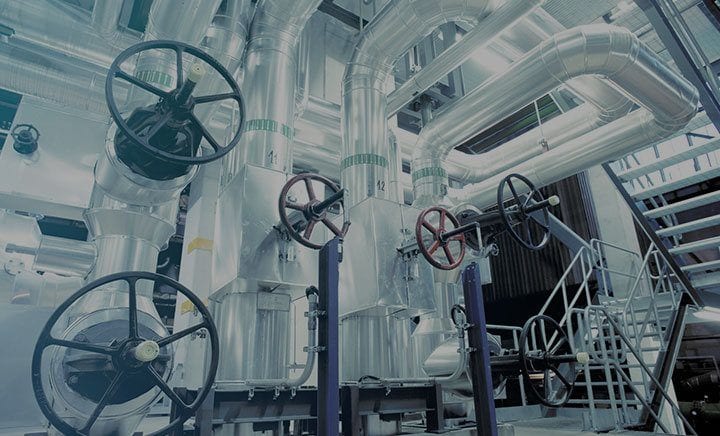
Water and Wastewater Test Methods for Operators A variety of test procedures and methods are available for use by water and wastewater operators.
Tagged as:Technical Learning, Get Curious
Read More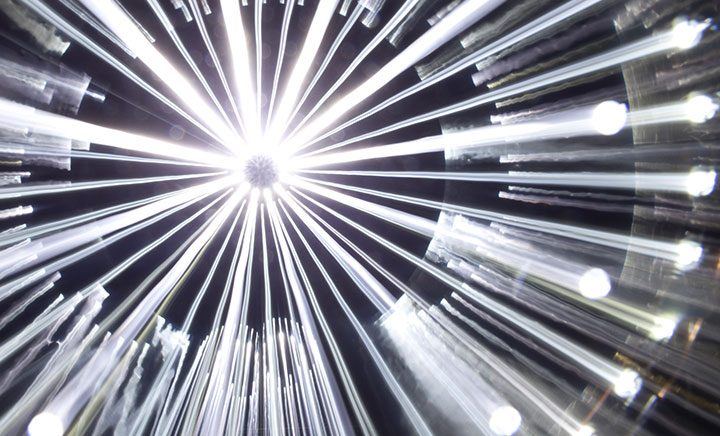
What is a Voltage Divider? In order to measure a signal which varies over a range greater than the input range of an analog or digital input of a measuring device, a voltage divider can drop the voltage of the input signal to the level the analog or digital input can measure.
Tagged as:Technical Learning, Get Curious
Read More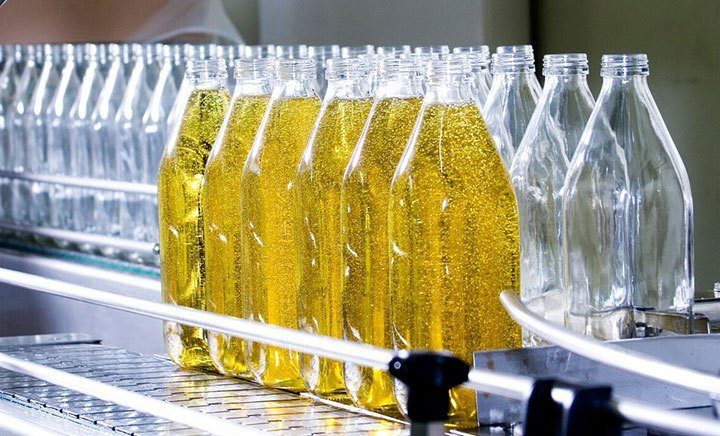
PFA Fluorocarbon Information PFA Fluorocarbon Information
Tagged as:Technical Learning, Get Curious
Read More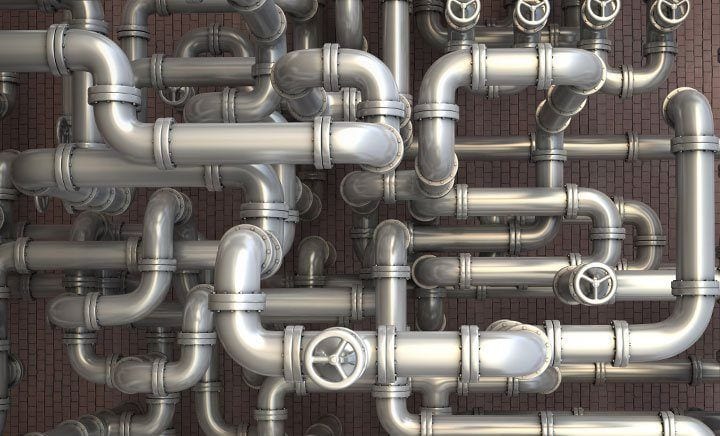
Flow Meter Tutorial So you want to measure flow? The answer would seem to be to purchase a flowmeter.
Tagged as:Technical Learning, Get Curious
Read More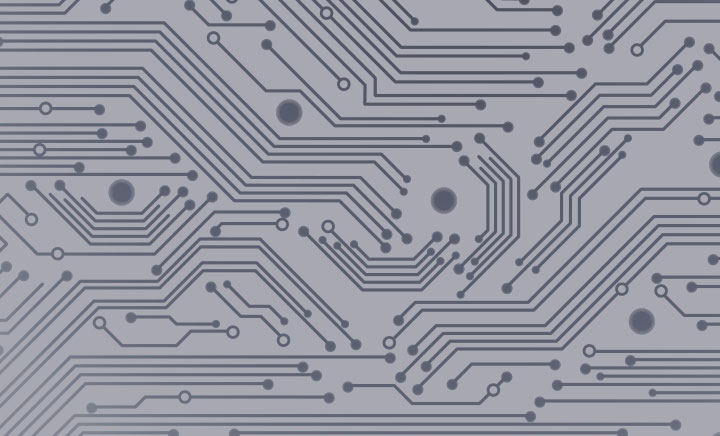
Common Problems with Data Acquisition Devices Traditional printer drivers are very benign; they are only active, and use the printer port when you tell an application to print.
Tagged as:Technical Learning, Get Curious
Read More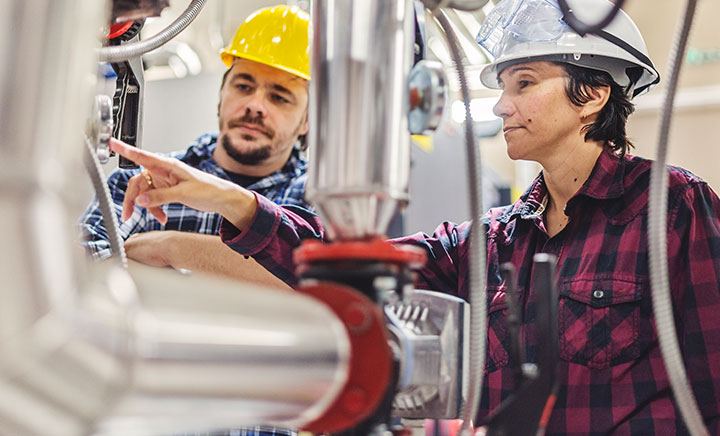
Electronic Halogen Leak Detector For many years the most effective, and only, method for finding gas leaks of any type was the use of a soap or bubble solution.
Tagged as:Technical Learning, Get Curious
Read More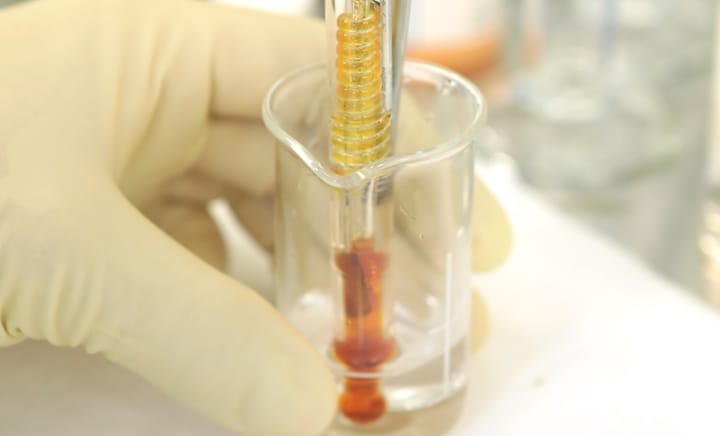
Industrial pH Monitoring: pH and pH Electrode Basics pH electrode technology hasn't changed much in the past 50 to 60 years, yet pH electrode manufacturing remains an art.
Tagged as:Technical Learning, Get Curious
Read More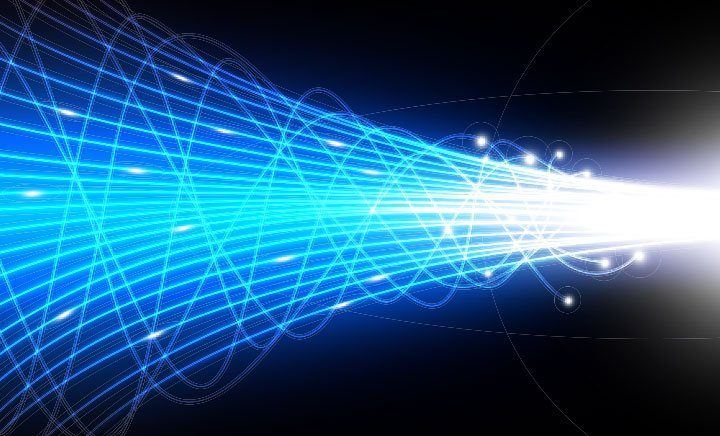
Ion Selective Electrodes This article is designed to apply, in general, to all specific ion electrodes.
Tagged as:Technical Learning, Get Curious
Read More
What is a Low Pass Filter? A low pass filter is placed on the signal wires between a signal and an A/D board
Tagged as:Technical Learning, Get Curious
Read More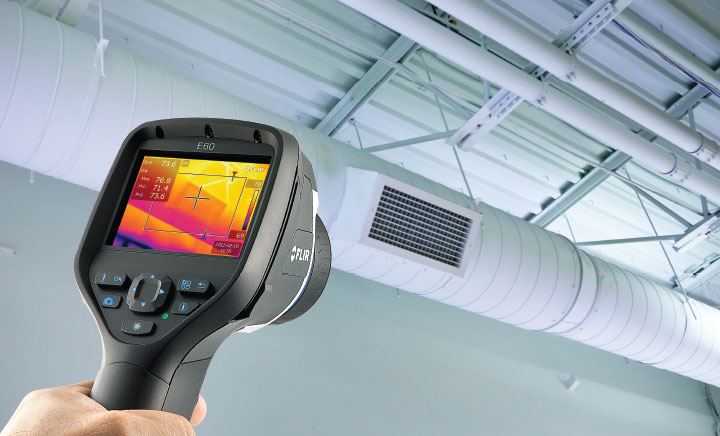
Infrared Quick Help When to Use Infrared Temperature Measurement
Tagged as:Technical Learning, Get Curious
Read More
Technical Principles of Valves Solenoid valves are used wherever fluid flow has to be controlled automatically. They are being used to an increasing degree in the most varied types of plants and equipment.
Tagged as:Technical Learning, Get Curious
Read More
Low Noise Thermocouple System A low noise thermocouple system consists of a probe, a connector and wire. Each component has distinct noise and they provide a way to reduce electrical noise
Tagged as:Technical Learning, Get Going
Read More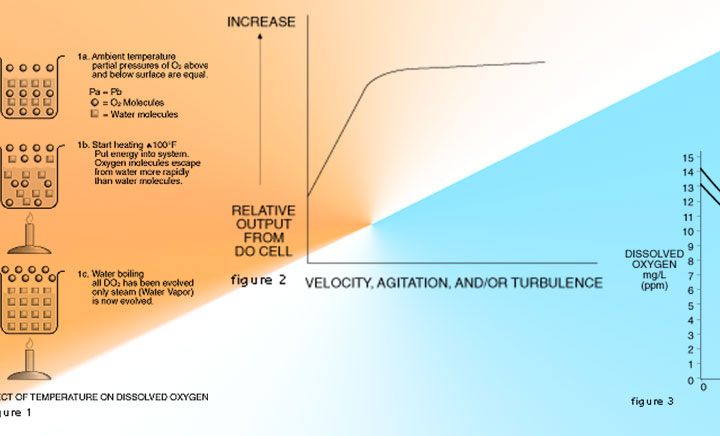
Fundamentals of pH Measurement and Dissolved Oxygen Analysis Dissolved oxygen (DO) is the term commonly used in liquid analytical work for the measurement of the amount of oxygen dissolved in a unit volume of water.
Tagged as:Technical Learning, Get Curious
Read More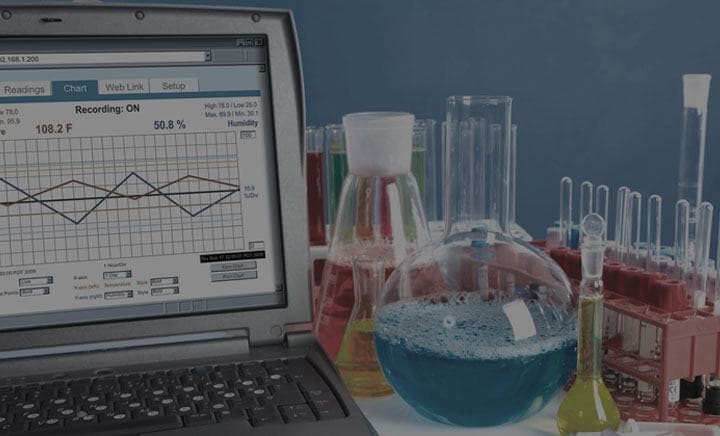
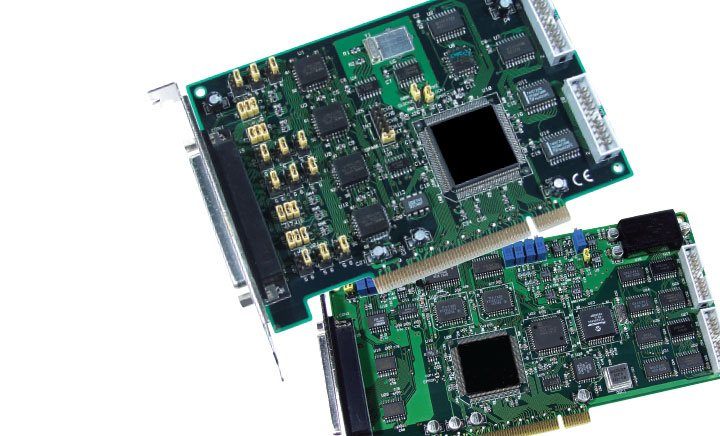
Contact Closure Inputs: Connect Digital Input & Output DAQ Board Many times it is necessary to monitor a contact closure using a PC. Some applications include monitoring a relay closure on a machine to record on-off times, or simply as an alarm to notify someone of an open freezer door.
Tagged as:Technical Learning, Get Curious
Read More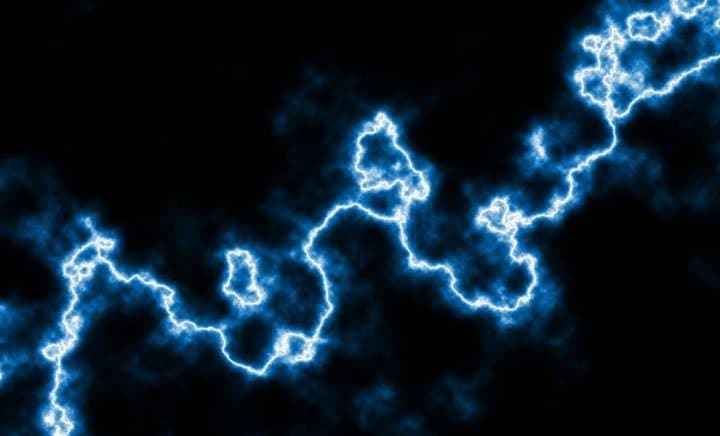
Scaling Voltage & Current to Engineering Units It is very often necessary to convert a voltage, millivot or current reading into a more useful value such as PSI, GPM, LBS, etc.
Tagged as:Technical Learning, Get Curious
Read More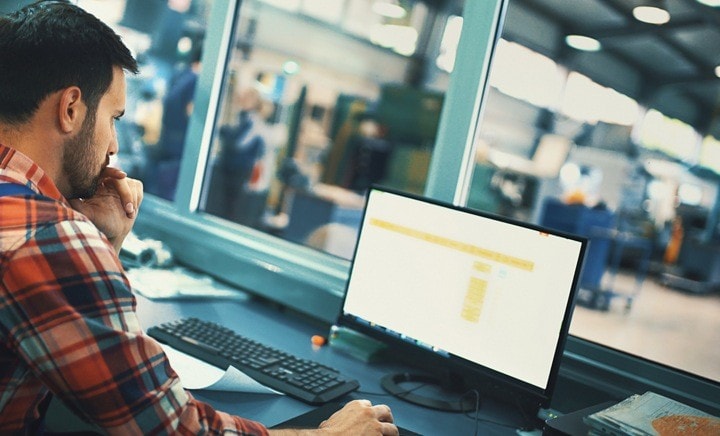
Troubleshooting Thermocouple Input Devices Noise is unavoidable in PC based data acquisition systems. There is board induced noise which can be measured by shorting an analog input to ground and taking a series of readings and plotting them in a histogram.
Tagged as:Technical Learning, Get Going
Read More
What is the Load Cell Calibration Procedure for Weighing Applications? Inspect the load cell cables, and coil and protect any excess. The load should be equally distributed among multiple load cells of multiple load cell installations.
Tagged as:Technical Learning, Get Going
Read More
Infrared pyrometers Pyrometer is derived from the Greek root pyro, meaning fire. The term pyrometer was originally used to denote a device capable of measuring temperatures of objects above incandescence, objects bright to the human eye.
Tagged as:Technical Learning, Get Curious
Read More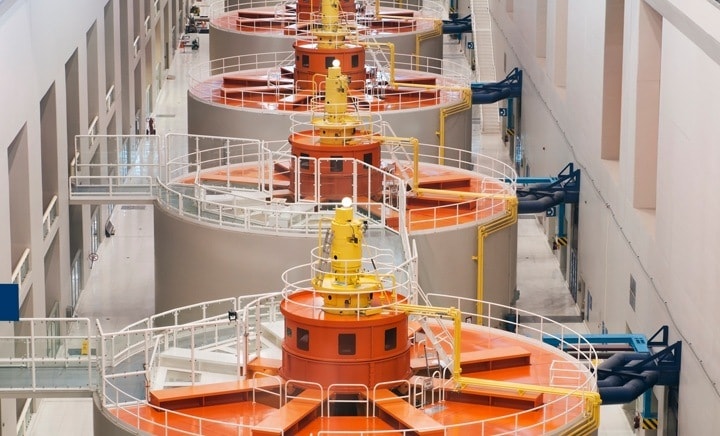
Mechanical Flow meters Discussed in this chapter are various types of mechanical flow meters that measure flow using an arrangement of moving parts,
Tagged as:Technical Learning, Get Curious
Read More
Differential Pressure Flow meters The calculation of fluid flow rate by reading the pressure loss across a pipe restriction is perhaps the most commonly used flow measurement technique in industrial applications
Tagged as:Technical Learning, Get Curious
Read More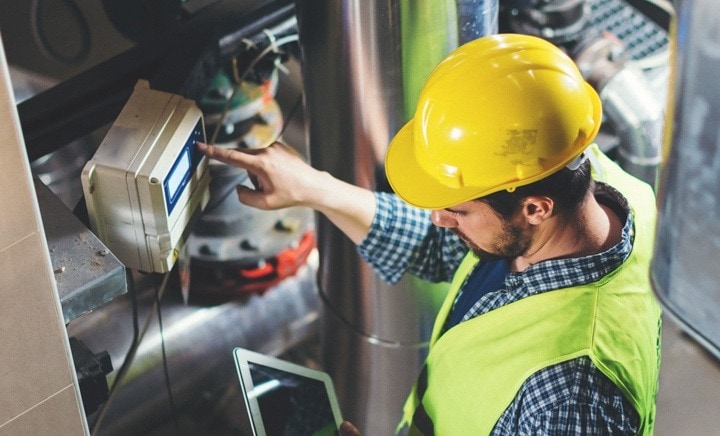
Overview of GPIB protocol IEEE-488 refers to the Institute of Electrical and Electronics Engineers (IEEE) Standard number 488 and is commonly called GPIB (General Purpose Interface Bus).
Tagged as:Technical Learning, Get Curious
Read More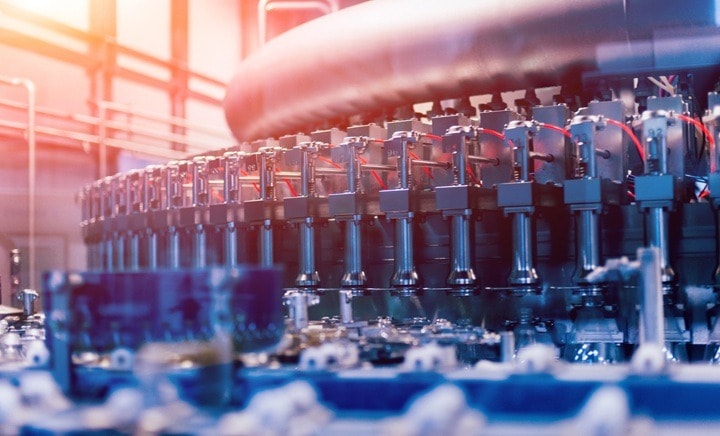
RF/Capacitance Level Instrumentation Capacitance level detectors are also referred to as radio frequency (RF) or admittance level sensors. They operate in the low MHz radio frequency range, measuring admittance of an alternating current (ac) circuit that varies with level.
Tagged as:Technical Learning, Get Curious
Read More
Types of Flow Meters for Different Applications Measuring the flow of liquids is a critical need in many industrial plants.
Tagged as:Technical Learning, Get Curious
Read More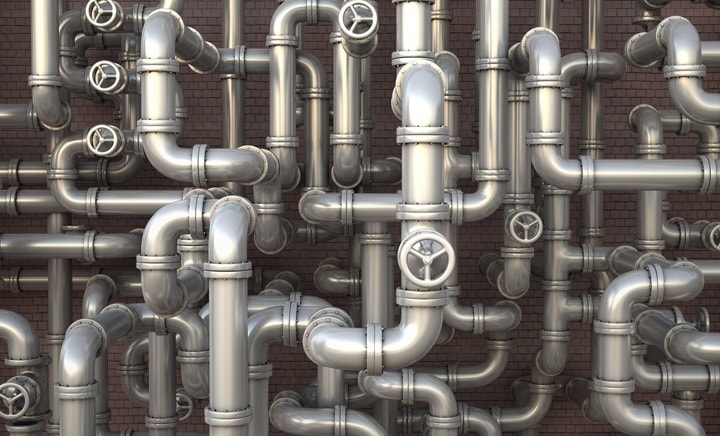
What is a Variable Area Flow Meter? Variable area flow meters are simple and versatile devices that operate at a relatively constant pressure drop and measure the flow of liquids, gases, and steam.
Tagged as:Technical Learning, Get Curious
Read More
Plug-in Cards Although the microprocessor and digital network technologies have fundamentally reinvented the ways in which today's data acquisition systems handle data
Tagged as:Technical Learning, Get Curious
Read More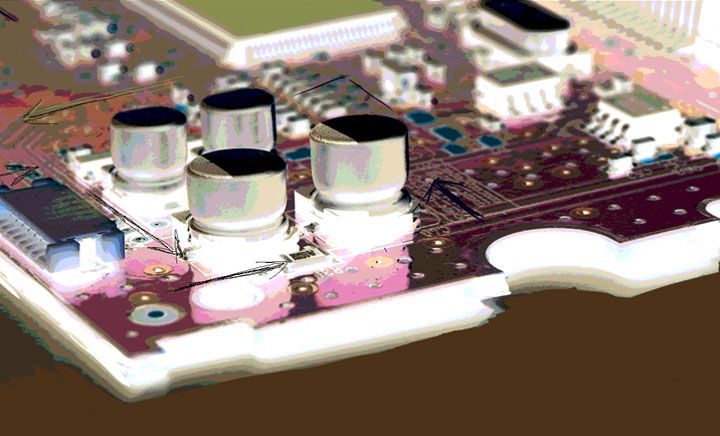
Differential Signal Vs Single-Ended Inputs One of the most common questions asked is the difference between single-ended and differential signals inputs, and what applications they should be considered in.
Tagged as:Technical Learning, Get Curious
Read More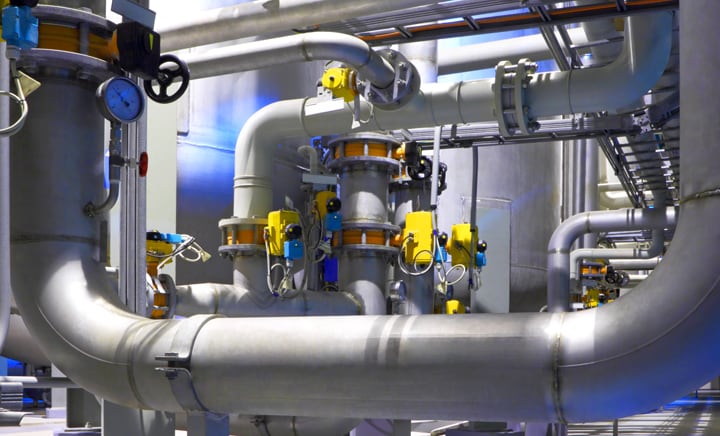
An Introduction to Venturi Flow Meters, Flow Nozzles, and Segmental Wedge Elements Venturi tubes are available in sizes up to 7 inches and can pass 25 to 50% more flow than an orifice with the same pressure drop
Tagged as:Technical Learning, Get Curious
Read More
Pressure sensor Piezoelectric presssure sensors can further be classified according to whether the crystal's electrostatic charge, its resistivity, or its resonant frequency electrostatic charge is measured.
Tagged as:Technical Learning, Get Curious
Read More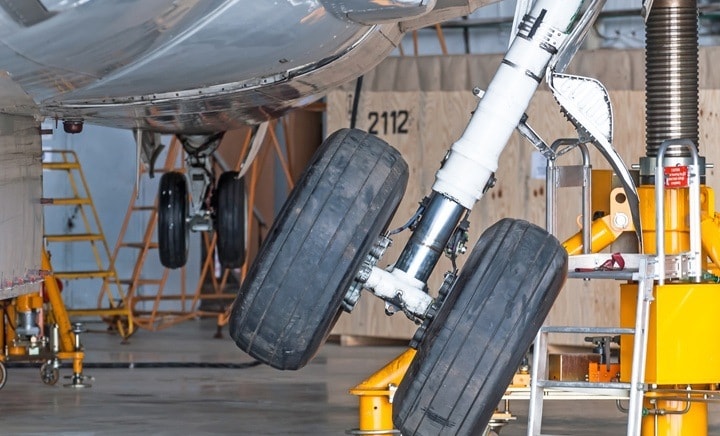
Strain Gauge When external forces are applied to a stationary object, stress and strain are the result.
Tagged as:Technical Learning, Get Curious
Read More
The RS-232 protocol Information being transferred between data processing equipment and peripherals is in the form of digital data which is transmitted in either a serial or parallel mode.
Tagged as:Technical Learning, Get Curious
Read More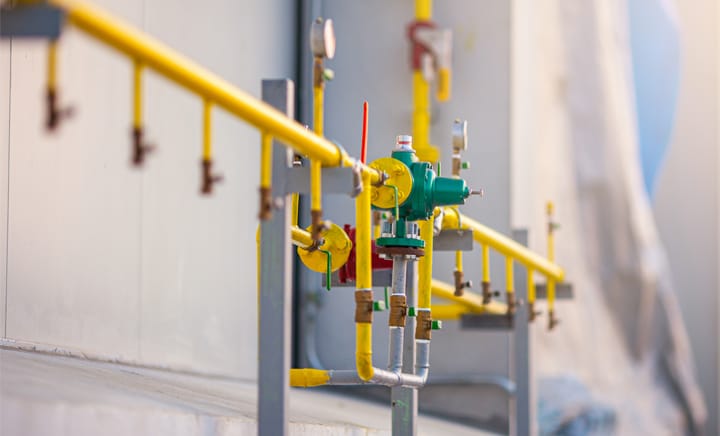
What is an Orifice Plate Flow Meter? The orifice plate flow meter is commonly used in clean liquid, gas, and steam services. It is available for all pipe sizes but it is very cost-effective for measuring flows in larger ones (over 6 inches diameter).
Tagged as:Technical Learning, Get Curious
Read More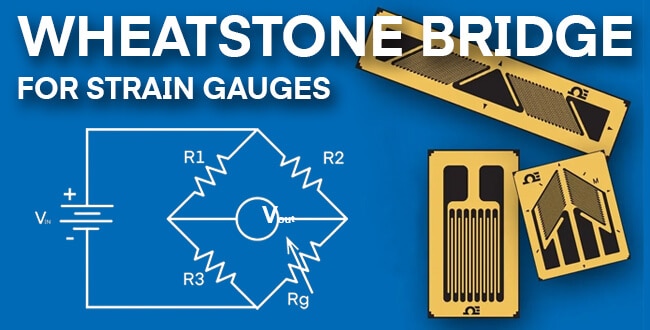
Wheatstone bridge for strain gauges In order to measure strain with a bonded resistance strain gauge, it must be connected to an electric circuit that is capable of measuring the minute changes in resistance corresponding to strain.
Tagged as:Technical Learning, Get Curious
Read More
An Introduction to Pitot Tubes and Probes Although the pitot tube is one of the simplest flow sensors, it is used in a wide range of flow measurement applications such as air speed in racing cars and Air Force fighter jets
Tagged as:Technical Learning, Get Curious
Read More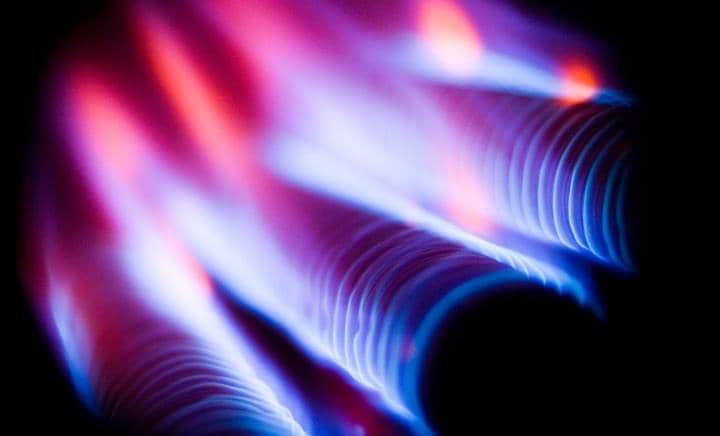
What is a thermography? Thermography extends the concept of point radiation thermometry to one-dimensional profiles or two-dimensional pictures of non-contact temperature data.
Tagged as:Technical Learning, Get Curious
Read More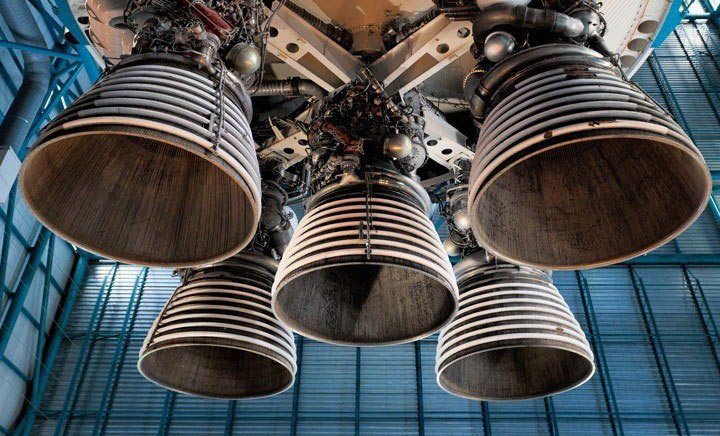
Strain Gage Technical Data The most universal measuring device for the electrical measurement of mechanical quantities is the strain gage.
Tagged as:Technical Learning, Get Curious
Read More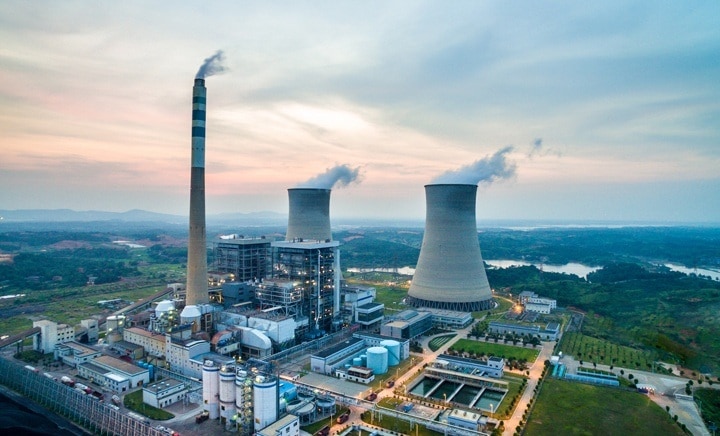
Non-contact thermometers Historically a radiation non-contact thermometer consisted of an optical system to collect the energy emitted by the target;
Tagged as:Technical Learning, Get Curious
Read More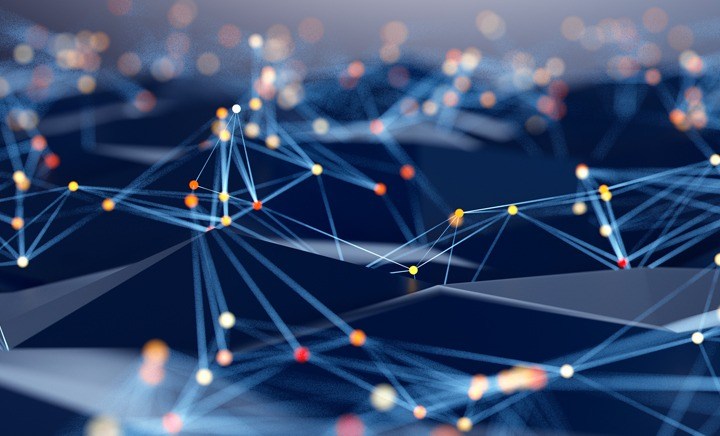
RS485, RS422 and RS232 Why use RS232 vs RS485 and what is the real difference between RS422 Vs RS485? First, lets define each one. Keep in mind that all three are considered SERIAL, as opposed to IEEE-488 which is PARALLEL.
Tagged as:Technical Learning, Get Curious
Read More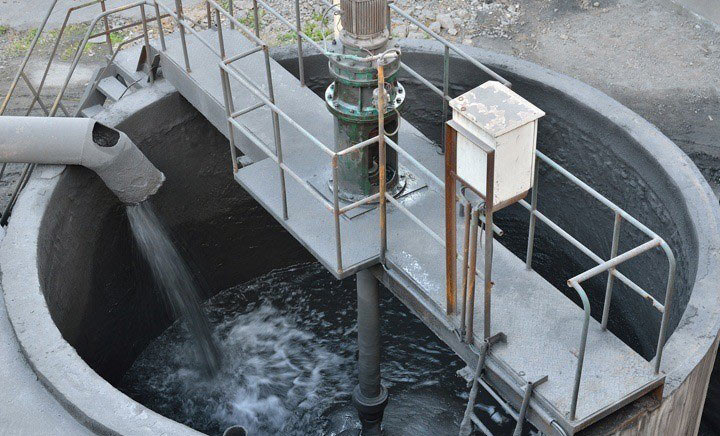
pH Control Systems pH control systems are characterized by extreme rangeability and sensitivity, and are also subject to difficulties arising from contact between measuring electrodes and hostile fluids.
Tagged as:Technical Learning, Get Curious
Read More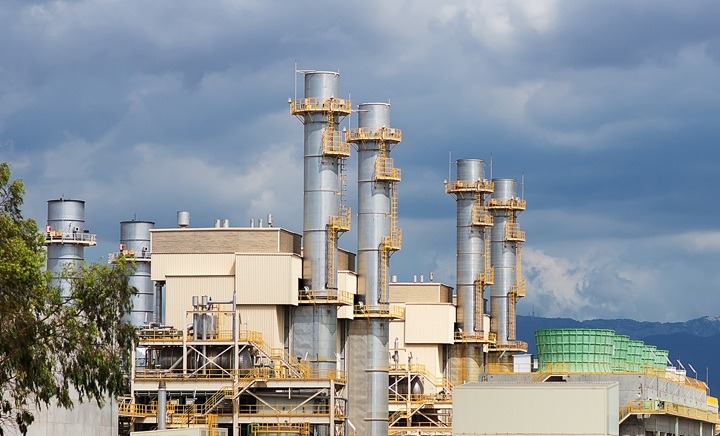
Types of level measurement instrumentation One of the primary principles underlying industrial level measurement is that different materials and different phases of the same material have different densities.
Tagged as:Technical Learning, Get Curious
Read More
Specialty Level Switches Thermal, vibrating, and optical level switches are specialty devices developed to solve specific level detection problems.
Tagged as:Technical Learning, Get Curious
Read More
Electronic Flow meters While the flow measurement technologies discussed in this chapter--magnetic, vortex, and ultrasonic--are neither exclusively nor exhaustively electronic in nature, they do represent a logical grouping of flow measurement technologies.
Tagged as:Technical Learning, Get Inspired
Read More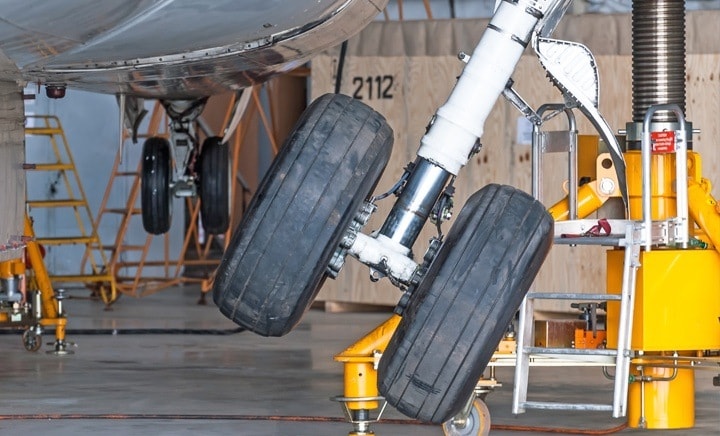
How to Wire a Load Cell? One of the most common applications is acquiring data from a load cell or any full-bridge type sensor such as a strain gauge bridge with an A/D board.
Tagged as:Technical Learning, Get Going
Read More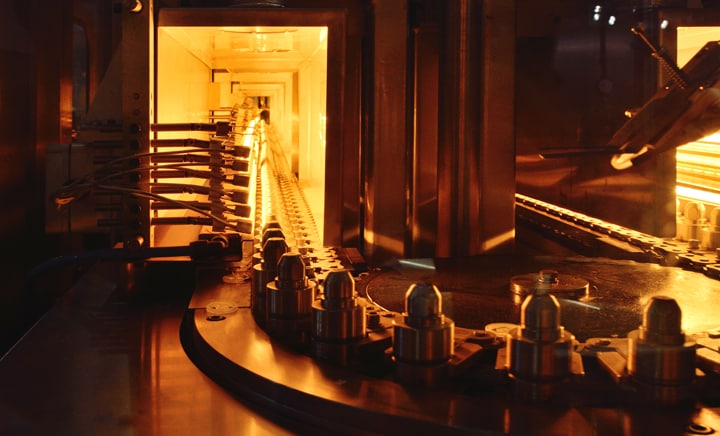
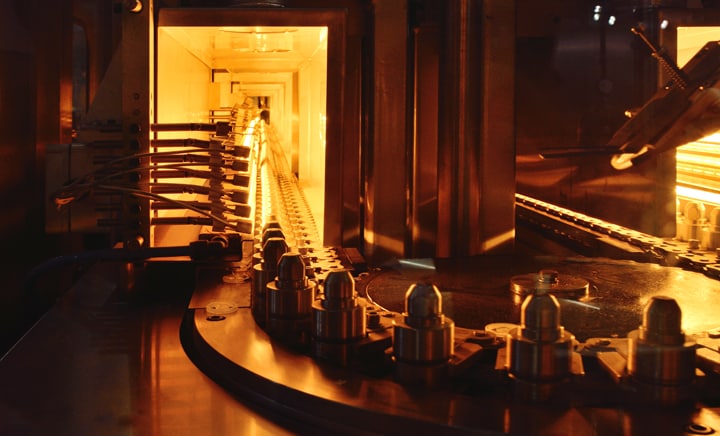

PLATINUM™ Series PID Control Simulator In modern industrial systems, temperature is the most common physical measurement...
Tagged as:Technical Learning, Get Curious
Read More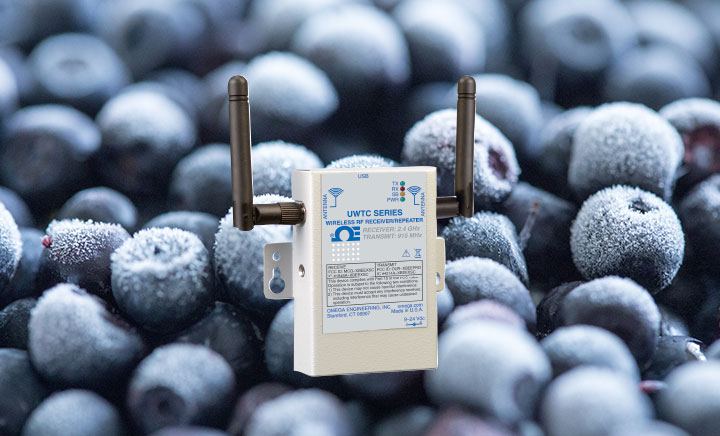
Wireless Signals & Faraday Cages in Temperature Measurement Whether you want roses in January or fresh salmon in August, a temperature-controlled supply chain...
Tagged as:Technical Learning, Get Going
Read More
Reactive Maintenance vs. Proactive Maintenance: You’re Paying 2-5X More for Maintenance Proactive maintenance, reactive maintenance, and the many benefits of switching to proactive maintenance.
Tagged as:Technical Learning, Get Curious
Read More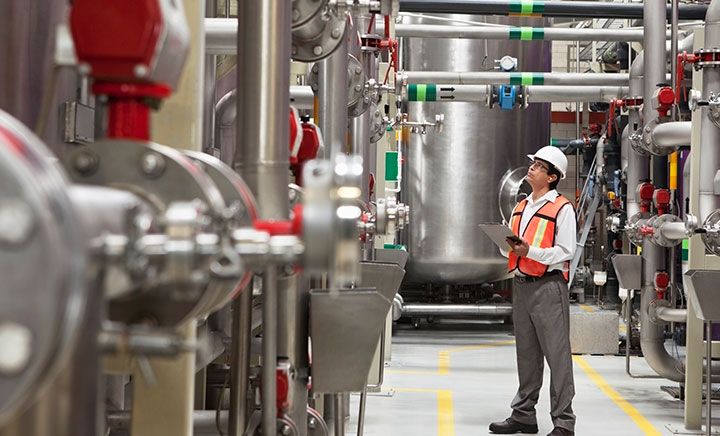
Preventive or predictive: what is the right type of maintenance for your process? Predictive maintenance differs from preventive as it allows you to repair or replace equipment before it runs-to-failure
Tagged as:Technical Learning, Get Curious
Read More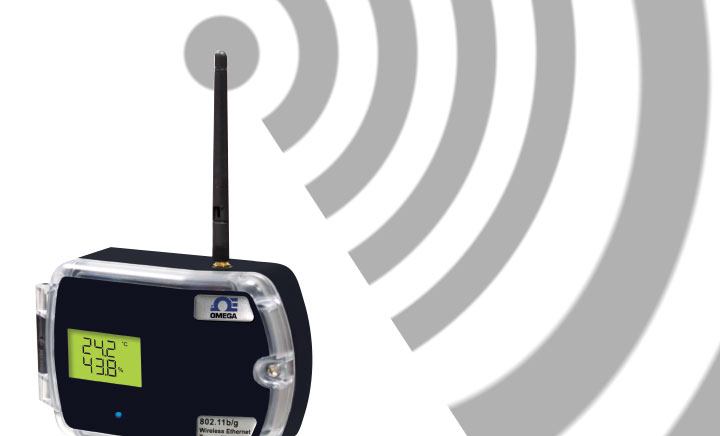
Wireless Process Monitoring: Pros & Cons of Using Wireless Devices Wireless monitoring is a versatile and inexpensive solution for a variety of applications in locations with no interference.
Tagged as:Technical Learning, Get Curious
Read More
Preventing Explosions with FM Approved Intrinsically Safe Instrumentation Industrial explosions have caused devastating loss of life on many occasions.
Tagged as:Technical Learning, Get Curious
Read More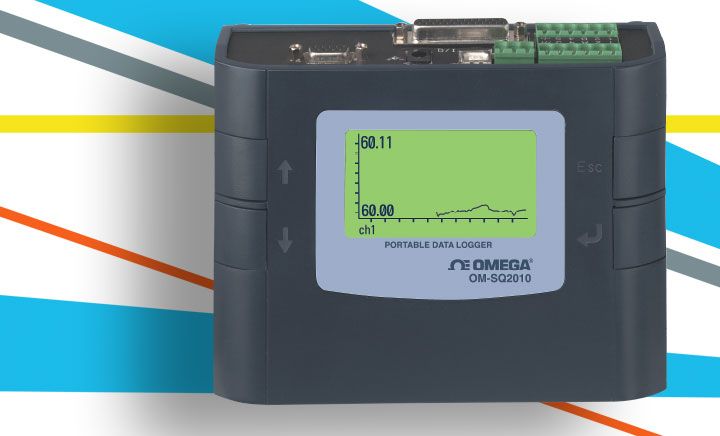
Cellular Monitoring: Process Monitoring with Cellular Technology Cellular monitoring is ideal for applications and data logging where updated information is not required in real time.
Tagged as:Technical Learning, Get Curious
Read More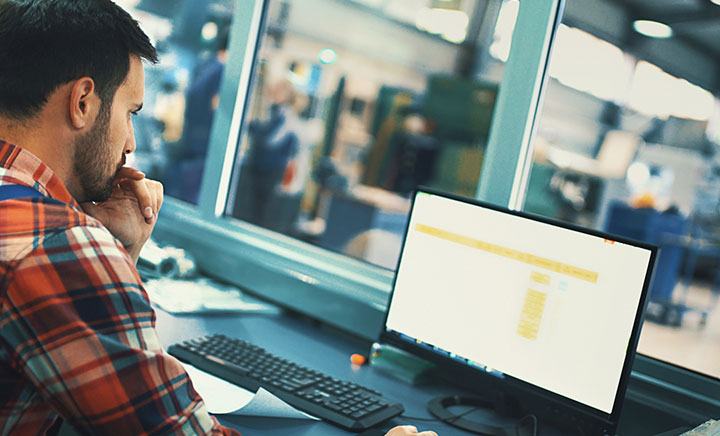
New Data Logging, Charting and Alarm Notification System The dashboard connects data from your measurement equipments to a webserver for easy-to-use data storage and collection.
Tagged as:Technical Learning, Get Curious
Read More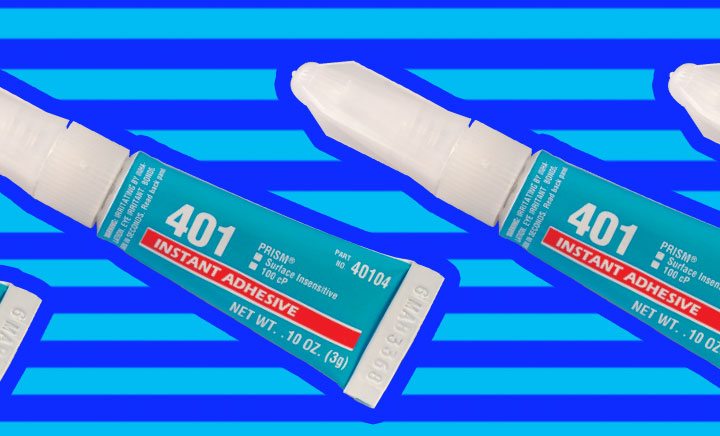
Optimizing Strain Gage Performance for Inhomogeneous Materials How to use strain gages and optimize their performance while working with inhomogeneous materials
Tagged as:Technical Learning, Get Going
Read More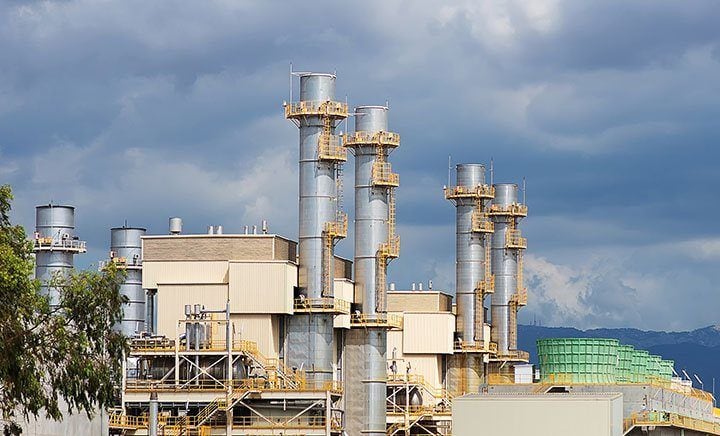
Particle Pollution & Environmental Safety Indoor air quality is the responsibility of building owners, managers and employers.
Tagged as:Technical Learning, Get Curious
Read More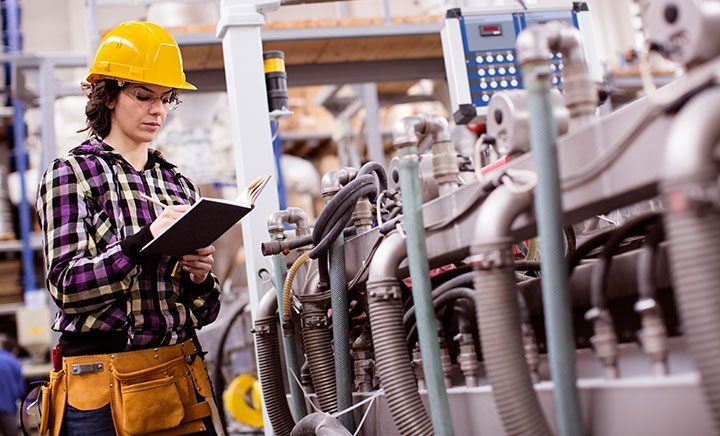
Factory Air Quality: Five Substances and Conditions you Should be Monitoring Top 5 conditions and substances your Air Quality System should be monitoring
Tagged as:Technical Learning, Get Going
Read More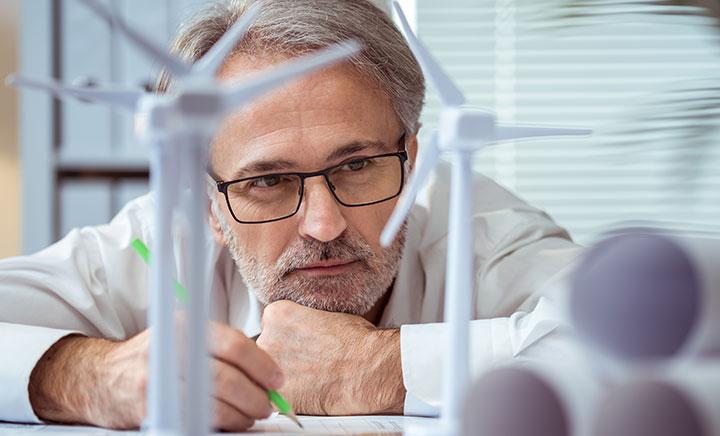
Industry 4.0 — The Next Industrial Revolution Imagine a manufacturing facility where everything goes as planned.
Tagged as:Technical Learning, Get Inspired
Read More
Get Started with Predictive Maintenance Examine how to maximize the ROI of your equipment, along with the other advantages of implementing a maintenance plan.
Tagged as:Technical Learning, Get Going
Read More
5 Reasons to Wirelessly Measure Relative Humidity Monitoring Relative Humidity in Lab can be challenging. Choose the most simple and powerful way by using wireless transmitters.
Tagged as:Technical Learning, Get Curious
Read More
The Benefits of Implementing Predictive Maintenance Predictive maintenance can help you anticipate failure before it happens, saving money, time and making processes more efficient. Learn more about these and other advantages.
Tagged as:Technical Learning, Get Curious
Read More
Applying Ultrasonic Level Sensors in Cooling Tower Water Basins Cooling towers are heat exchange systems that require precision sensors to ensure water basin liquid levels are monitored.
Tagged as:Technical Learning, Get Going
Read More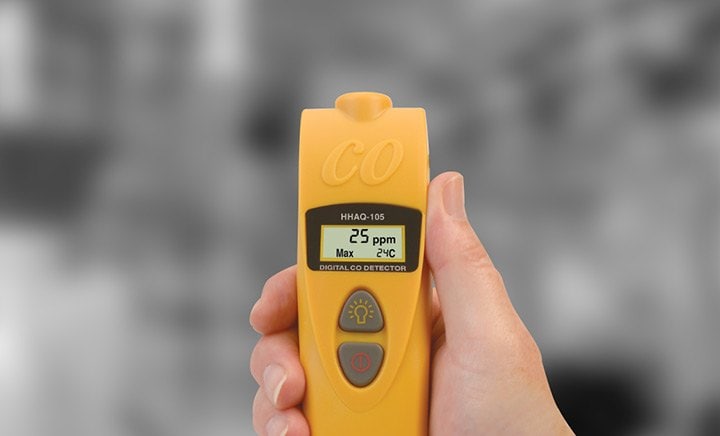
Air Quality Monitoring | Things you should know about it Ambient air contains life supporting oxygen, nitrogen, carbon dioxide, and chemicals that can harm you and your employees.
Tagged as:Technical Learning, Get Curious
Read More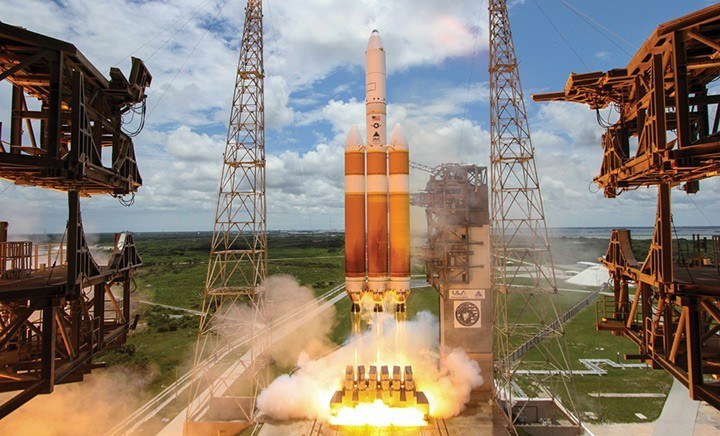
3 Factors to Consider When Choosing a Custom or Off-the-Shelf Sensor Given the risk to human lives and the financial costs when things go wrong, aerospace engineering...
Tagged as:Technical Learning, Get Curious
Read More
5 Ways the Right Expertise Can Simplify the Customization Process Pressure transducers and load cells play a critical role in ensuring the safety, reliability, and accuracy of products and processes across a wide variety of industries—including aerospace, mining, manufacturing, technology, and more.
Tagged as:Technical Learning, Get Inspired
Read More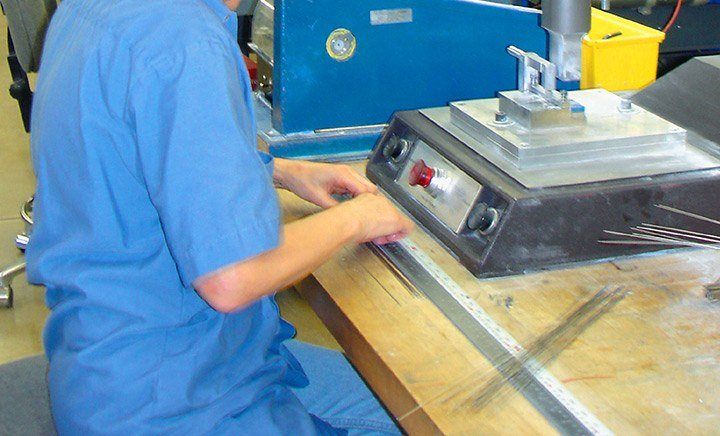
Improving Safety in Machine Control Systems with Limit Switches Imagine a product being moved on a conveyor belt that somehow gets out of place.
Tagged as:Technical Learning, Get Going
Read More
Logging Temperature and Pressure in the Canning Industry Topics include background to food canning, process verification, temperature distribution, and more.
Tagged as:Technical Learning, Get Inspired
Read More
10 Applications Where You Need a Digital Panel Meter Digital panel meters present numerical information that’s easy to read.
Tagged as:Technical Learning, Get Curious
Read More
Infrared Temperature Measurement Theory and Application Infrared thermometers for non-contact temperature measurement are highly developed sensors which have wide-spread application in...
Tagged as:Technical Learning, Get Curious
Read More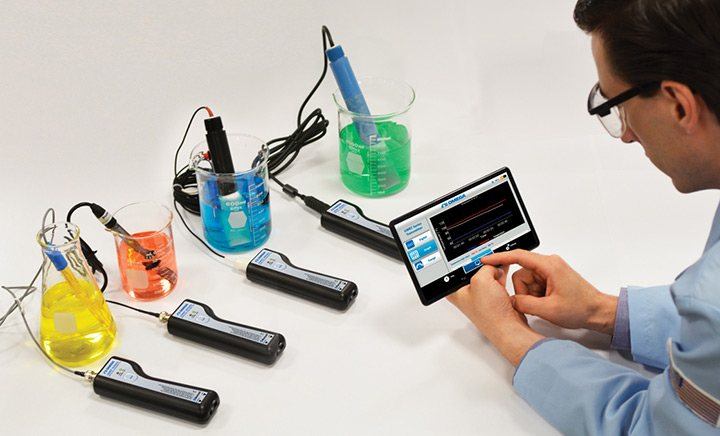
Measuring pH with a Wireless Device: 3 Must-Have Features Ready to measure pH with a Wireless Device? This is what you should be looking for in a portable data logger for pH measurement.
Tagged as:Technical Learning, Get Going
Read More
What are Nanosensors? How and Where are They Used? While few engineers need to work at the nano scale, temperature measurement with compact thermocouples is applicable across many fields.
Tagged as:Technical Learning, Get Curious
Read More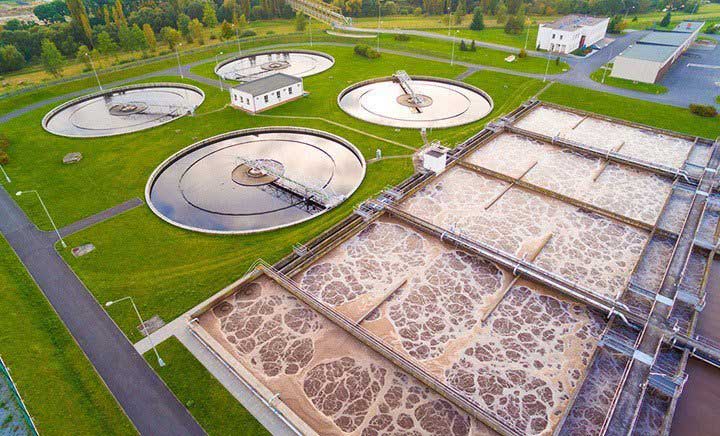
Flow Measurement in a Return Activated Sludge Line Keene Waste Water Treatment Plant uses a secondary treatment process called activated sludge, a process which converts non-settable substances into a biological floc
Tagged as:Technical Learning, Get Going
Read More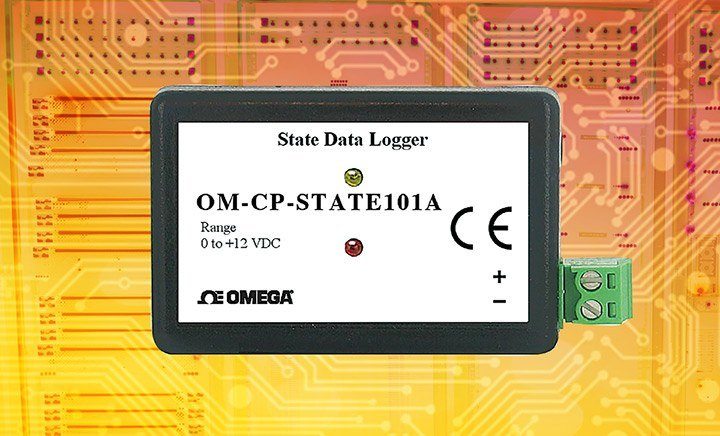
Differentiating State, Event and Pulse Data Loggers and Defining Applications Data loggers are instruments that monitor and record changes in conditions over time.
Tagged as:Technical Learning, Get Curious
Read More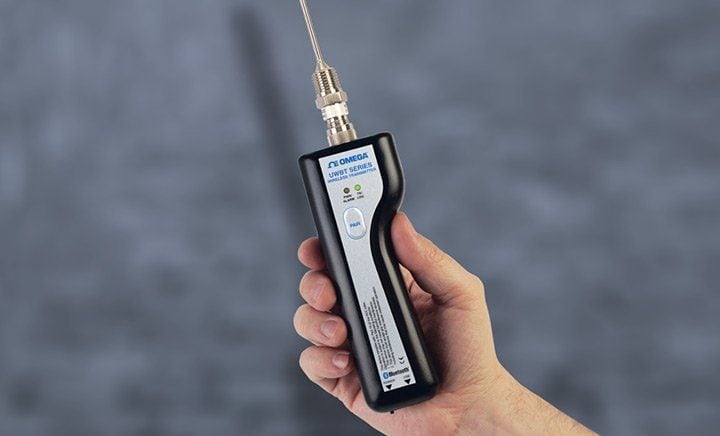
Wirelessly Monitoring Air Duct Temperature Measuring temperature inside an air duct is a common facilities maintenance task for energy conservation, particularly when office area temperatures are far from defined set-points.
Tagged as:Technical Learning, Get Inspired
Read More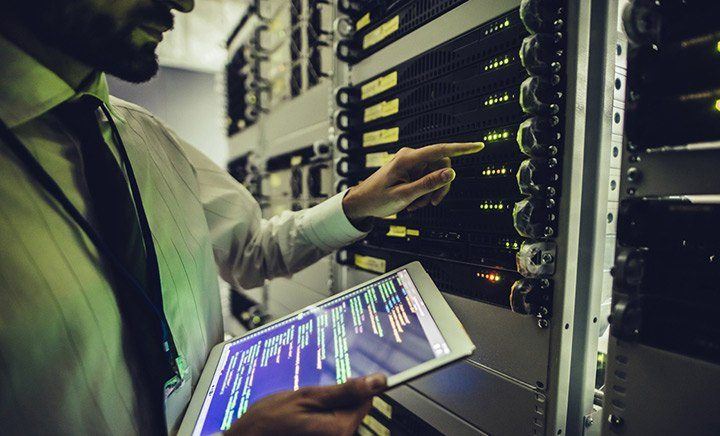
Server Room Remote Environmental Monitoring Monitoring temperature and relative humidity conditions in a server room is essential to maintaining the operating efficiency of this critical infrastructure.
Tagged as:Technical Learning, Get Inspired
Read More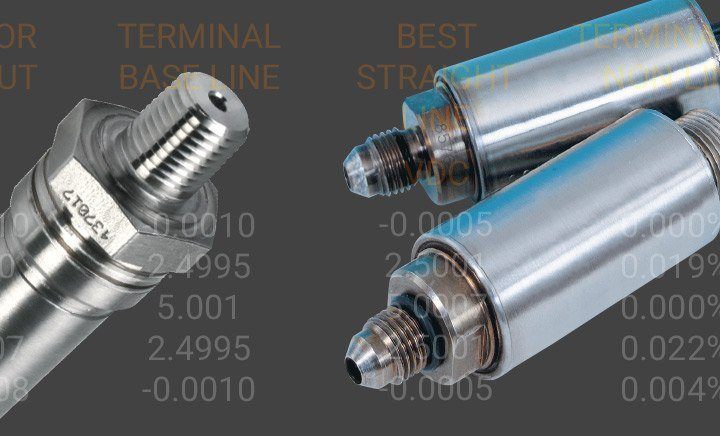
Sensor Theory of Operation Omega is a reliable source for pressure transducers and load cells that provide high quality data in a myriad of processes.
Tagged as:Technical Learning, Get Curious
Read More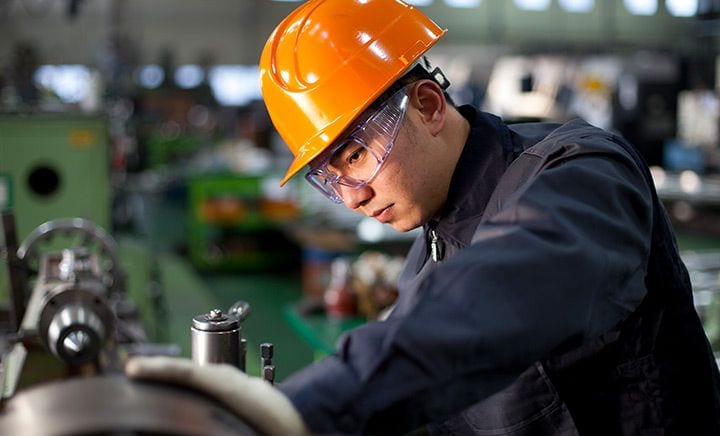
Machine Safety Checklist : Things to Consider Safety should always be the top priority in a facility with production machinery. Proper safety measures help to ensure that your workers are safer, and it’s simply a smart business practice.
Tagged as:Technical Learning, Get Going
Read More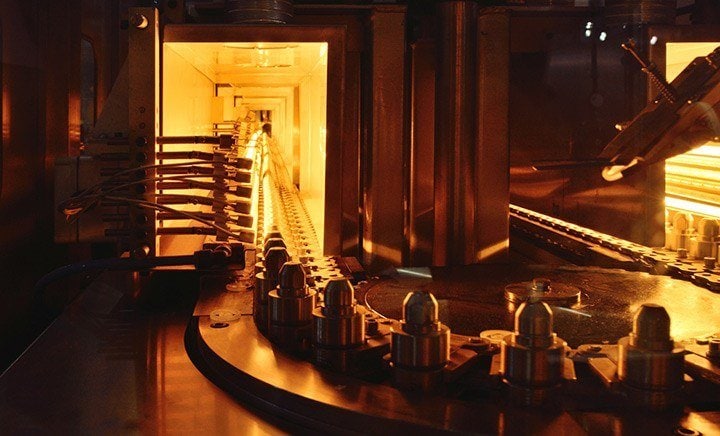
What is MI Cable? The basic construction provides high-temperature capability, exceptional electrical isolation, and physical protection for the conductors especially when subjected to harsh environments.
Tagged as:Technical Learning, Get Curious
Read More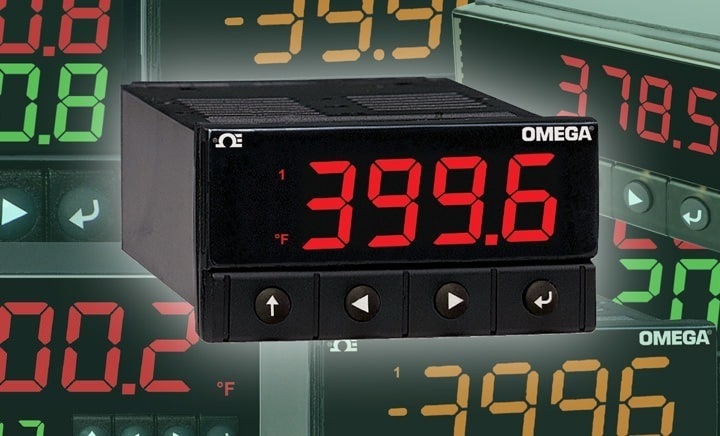
PID with Fuzzy Logic Adaptive Control—The Best of Both Worlds Proportional integral derivative (PID) control is a well established way of driving a system towards a target position or level.
Tagged as:Technical Learning, Get Curious
Read More
The importance of wind tunnel testing in the lab Failure rates for many electronic components rise with temperature.
Tagged as:Technical Learning, Get Curious
Read More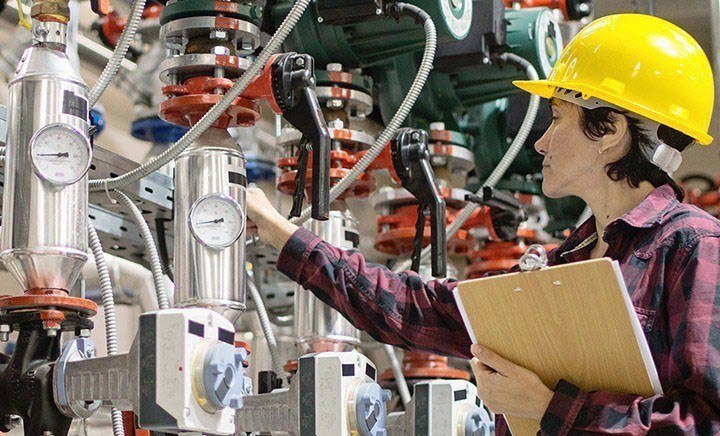
High Temperature Pressure Transducers vs. Cooling Elements Pressure measurement is often a challenging task due to the harsh environments frequently found in industrial manufacturing.
Tagged as:Technical Learning, Get Curious
Read More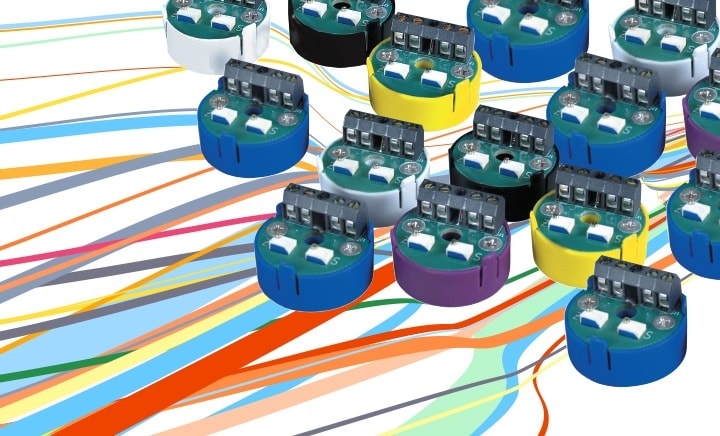
Temperature Transmitter Scaling Methodologies Temperature transmitters are used to send a signal from a temperature sensor, such as a thermocouple or RTD, to a measurement or control device.
Tagged as:Technical Learning, Get Going
Read More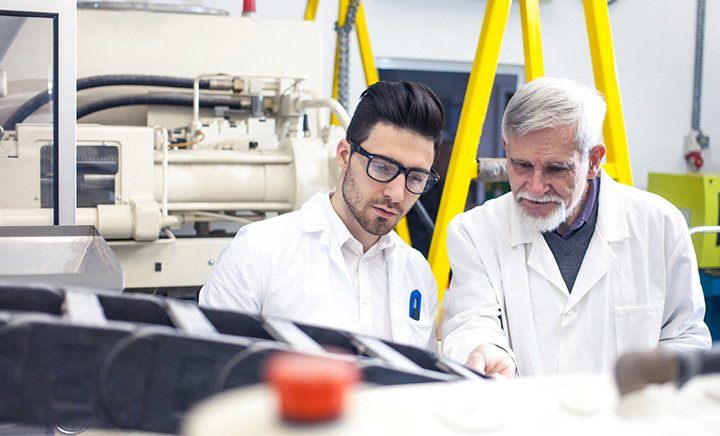
Types of Relays Relays are the control switches that operate with low-powered electrical signals controlling most types of circuits.
Tagged as:Technical Learning, Get Curious
Read More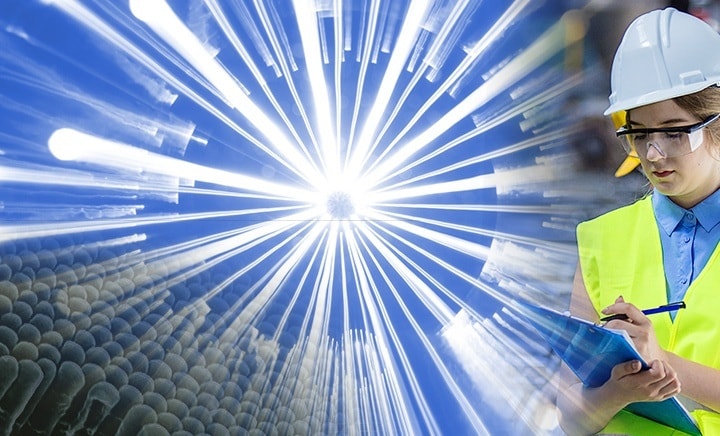
Temperature Measurement in Electromagnetic Environments One of the easiest ways to measure and record temperature is with a thermocouple. Thermocouples perform reliably in most environments, tolerating temperature extremes, vibration and even ionizing radiation.
Tagged as:Technical Learning, Get Curious
Read More
Strain Gage Application Requires Quality Control Surface Preparation and Application Steps OMEGA Engineering offers four types of strain gages: The Karma Grid or K-Series, Precision Strain Gages, Pre-Wired Gages, Transducer Quality.
Tagged as:Technical Learning, Get Going
Read More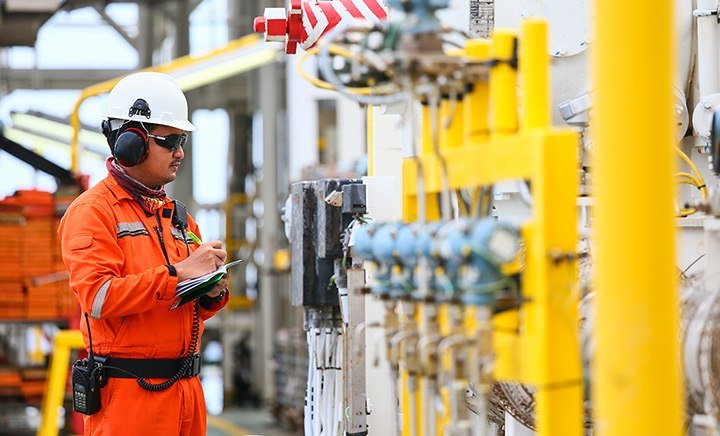
Creating a Machine Guarding Policy A machine guarding policy is a critical part of the safety program at any firm where employees interact with machinery.
Tagged as:Technical Learning, Get Going
Read More
Doppler Meters Vs Transit Time Ultrasonic Flow Meters Ultrasonic flow meters are non-intrusive devices that use acoustic vibrations to measure the flow rate of liquid...
Tagged as:Technical Learning, Get Curious
Read More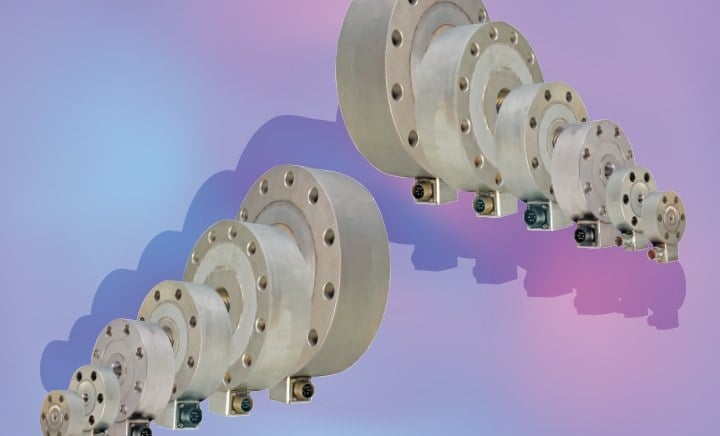
Types of Load Cells Various load cell types are preferred, relative to the needs of the laboratory or operational environment.
Tagged as:Technical Learning, Get Curious
Read More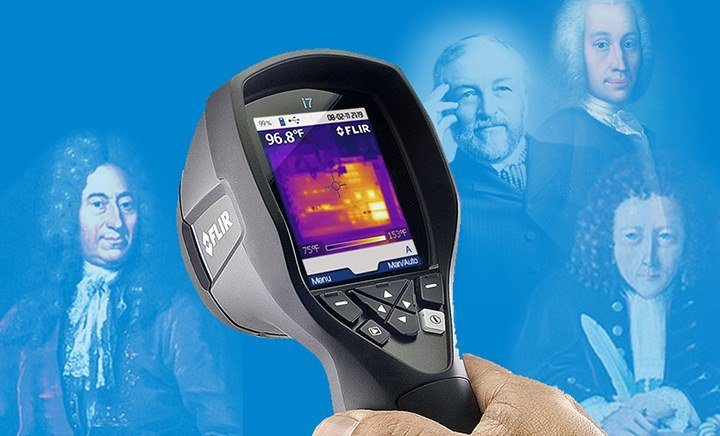
A Brief History of the Temperature Sensor The sensations of hot and cold are fundamental to the human experience, yet finding ways to measure temperature has challenged many great minds.
Tagged as:Technical Learning, Get Curious
Read More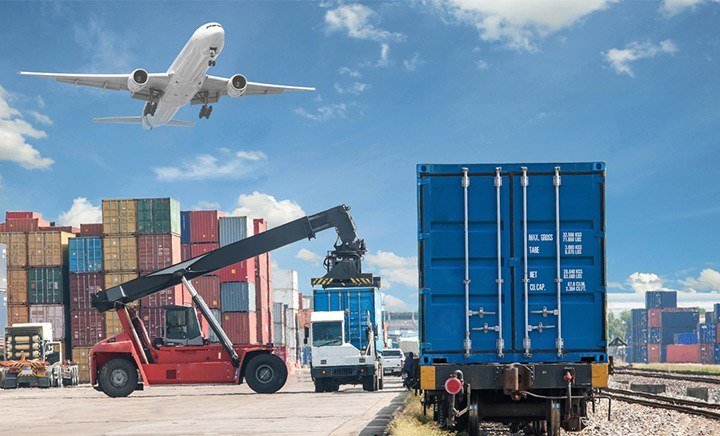
Using Load Cells to Weigh Trucks, Trains, and Aircraft In the airline industry, weight is money. Every additional pound requires more fuel to lift, so making sure there’s enough gas in the tanks means knowing what the aircraft weighs.
Tagged as:Technical Learning, Get Going
Read More
What is a Thermal Mass Flow Meter? Thermal mass flow meters measure the mass flowrate of gases and liquids directly.
Tagged as:Technical Learning, Get Curious
Read More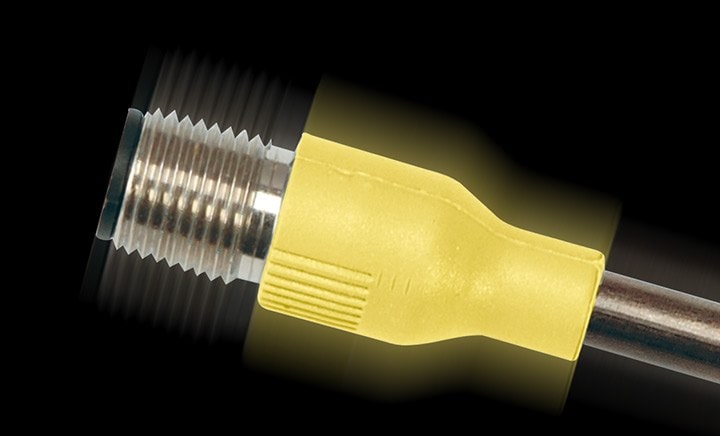
Preventing Vibration Damage to Thermocouples and RTD Sensors Challenges presented to temperature measurements in the presence of vibration
Tagged as:Technical Learning, Get Curious
Read More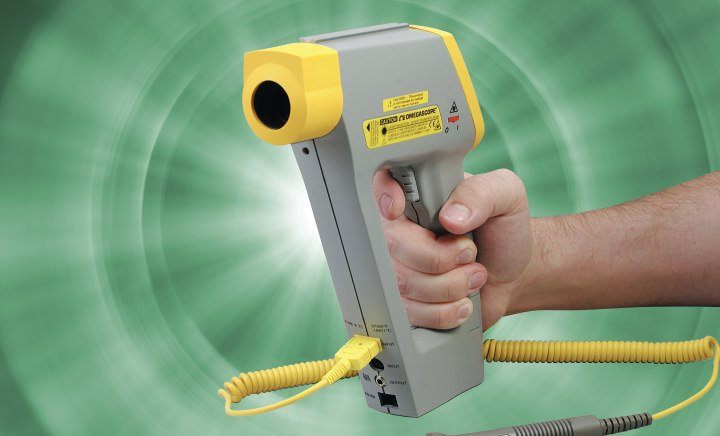
Measuring Temperatures in Furnaces with Oxidizing Atmospheres Measuring temperatures inside a furnace can present several challenges: high temperatures, temperature cycling, and hostile atmospheres exceeding the limits of many measurement devices while others have greatly reduced lifetimes and poor accuracy.
Tagged as:Technical Learning, Get Going
Read More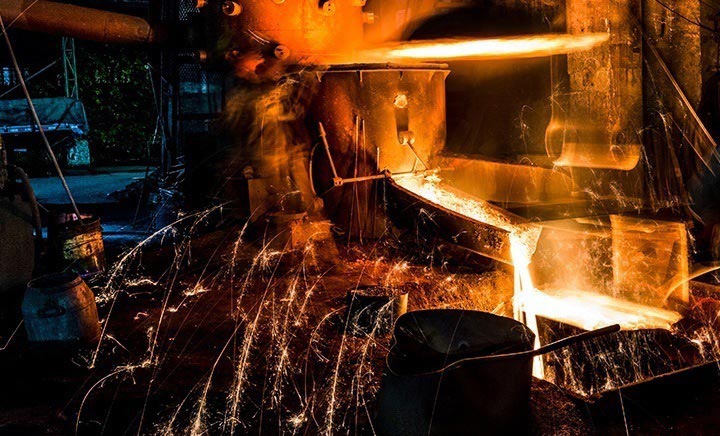
Applications and Benefits of Mineral Insulated Cables in Critical Processes MI cable is a specialized type of cable used in high temperatures or harsh environmental conditions because it has low flammability, even when operating at high temperatures. It resists oxidation and enables precise measurement.
Tagged as:Technical Learning, Get Curious
Read More
Installing a Load Cell: Best Practices Each load cell installation is unique. Consult a structural engineer when your application requires very high accuracy, long-term stability, custom specifications, or when using in a varied R&D environment.
Tagged as:Technical Learning, Get Going
Read More
Signal Conditioning and Transmission in Temperature Measurement Output signals produced by temperature measurement sensors require conditioning to convert them to a form that can be used for further processing.
Tagged as:Technical Learning, Get Curious
Read More
Thermowell Characteristics and Selection Criteria Thermowells are used to guard temperature sensors such as thermocouples, thermistors and bimetal thermometers against damage from excessive pressure, material velocity and corrosion
Tagged as:Technical Learning, Get Curious
Read More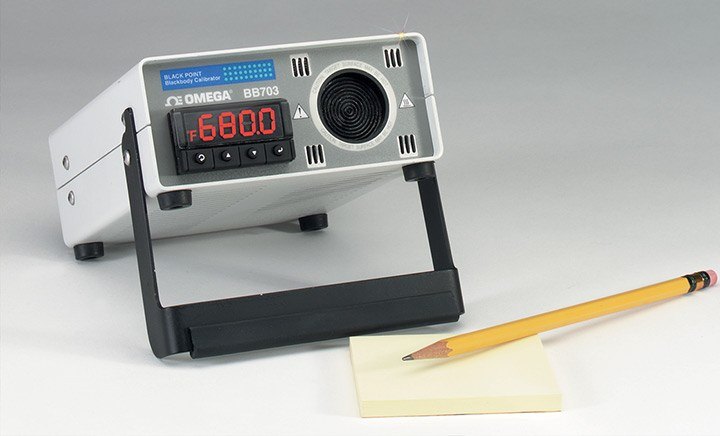
Calibrating Temperature Measurement Devices Used in Manufacturing Calibration equipment options and reasons for and against using an AS17025 calibration laboratory.
Tagged as:Technical Learning, Get Going
Read More
Understanding Deadband for Pressure Switches A pressure switch consists of a sensing component and an electrical switch.
Tagged as:Technical Learning, Get Curious
Read More
Lessons about Positive Displacement Flow Meters Positive Displacement flow meters are the only flow measuring technology to directly measure the volume of fluid that passes though the flow meter.
Tagged as:Technical Learning, Get Curious
Read More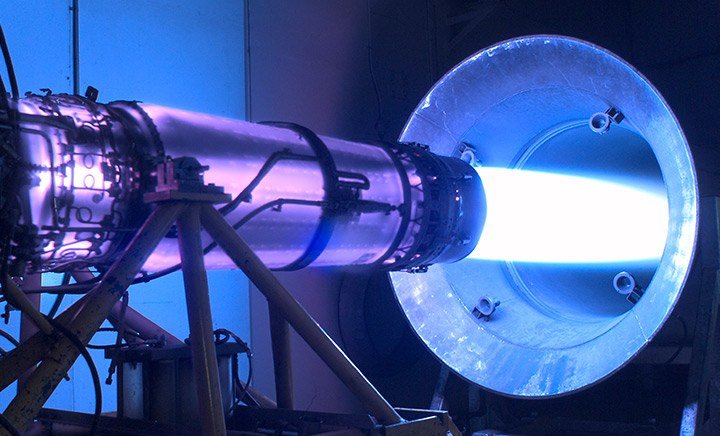
How Bright is it? Shining a light on intensity measurement Human vision depends on light. Light reflects off surfaces into the eyes, passing through the cornea and pupil to form an image on the retina.
Tagged as:Technical Learning, Get Curious
Read More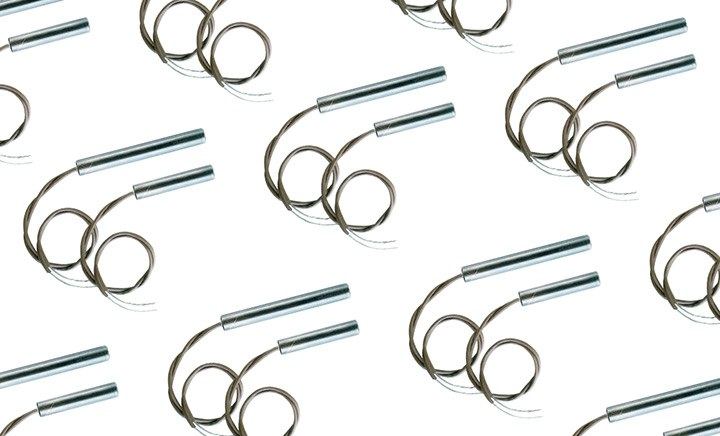
What is a Cartridge Heater and how does it work? Cartridge heaters are most frequently used for heating metal parts by insertion into drilled holes.
Tagged as:Technical Learning, Get Curious
Read More
Tuning a PID Controller Heat treatment processes exemplify the need for PID control. To ensure consistent product quality the temperature inside an oven or furnace must be kept within narrow limits
Tagged as:Technical Learning, Get Going
Read More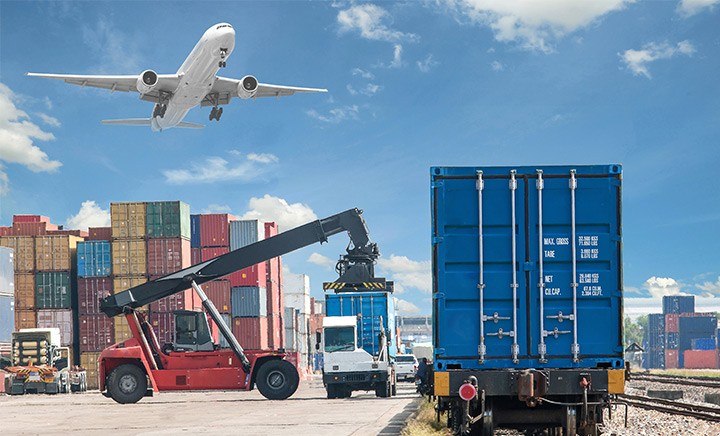
What is a Linear Variable Differential Transformer? An LVDT is an electromechanical device used to convert mechanical motion or vibrations, specifically rectilinear motion, into a variable electrical current, voltage or electric signals, and the reverse.
Tagged as:Technical Learning, Get Curious
Read More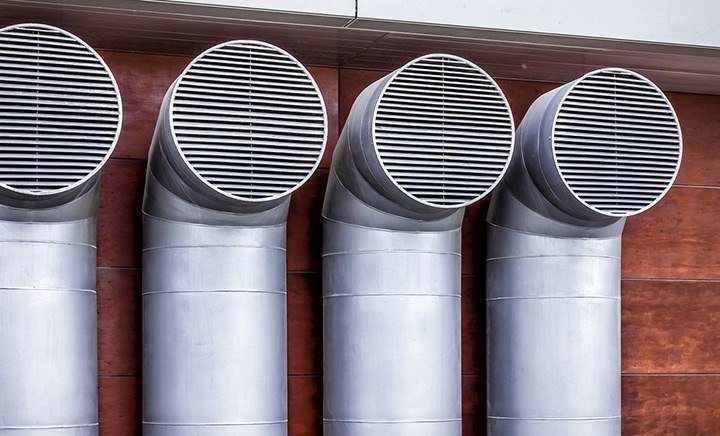
Air Flow Measurement Instruments: How Precise and Accurate? Calculating flow rates through ducts, pipes, hoods and stacks (collectively called ducts for our purposes), has never been difficult.
Tagged as:Technical Learning, Get Curious
Read More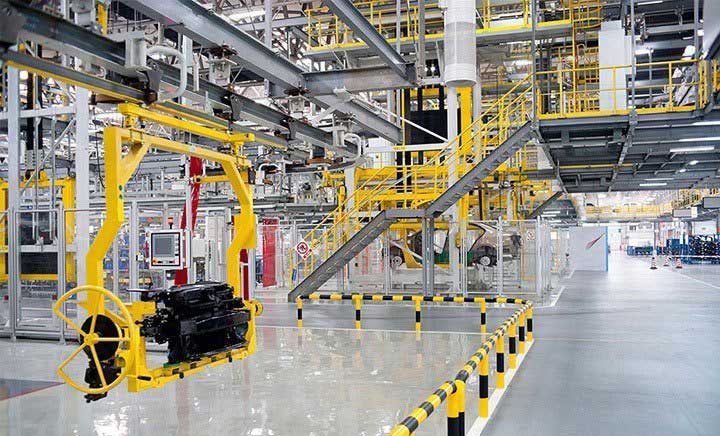
Understanding What’s Meant by “Intrinsically Safe” Fire is a hazard in many industries. Sometimes the risk is quite evident, as when flammable gasses...
Tagged as:Technical Learning, Get Curious
Read More